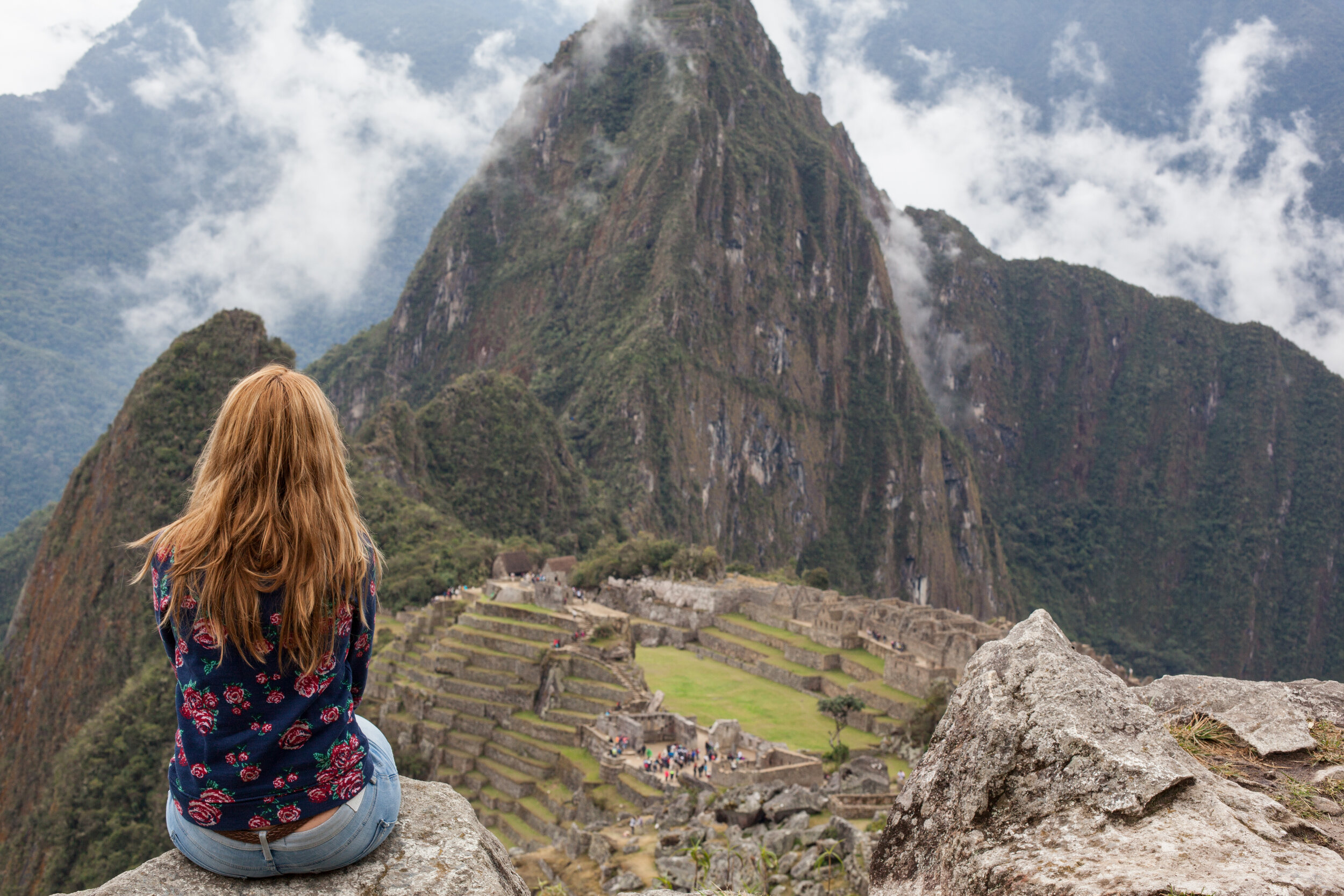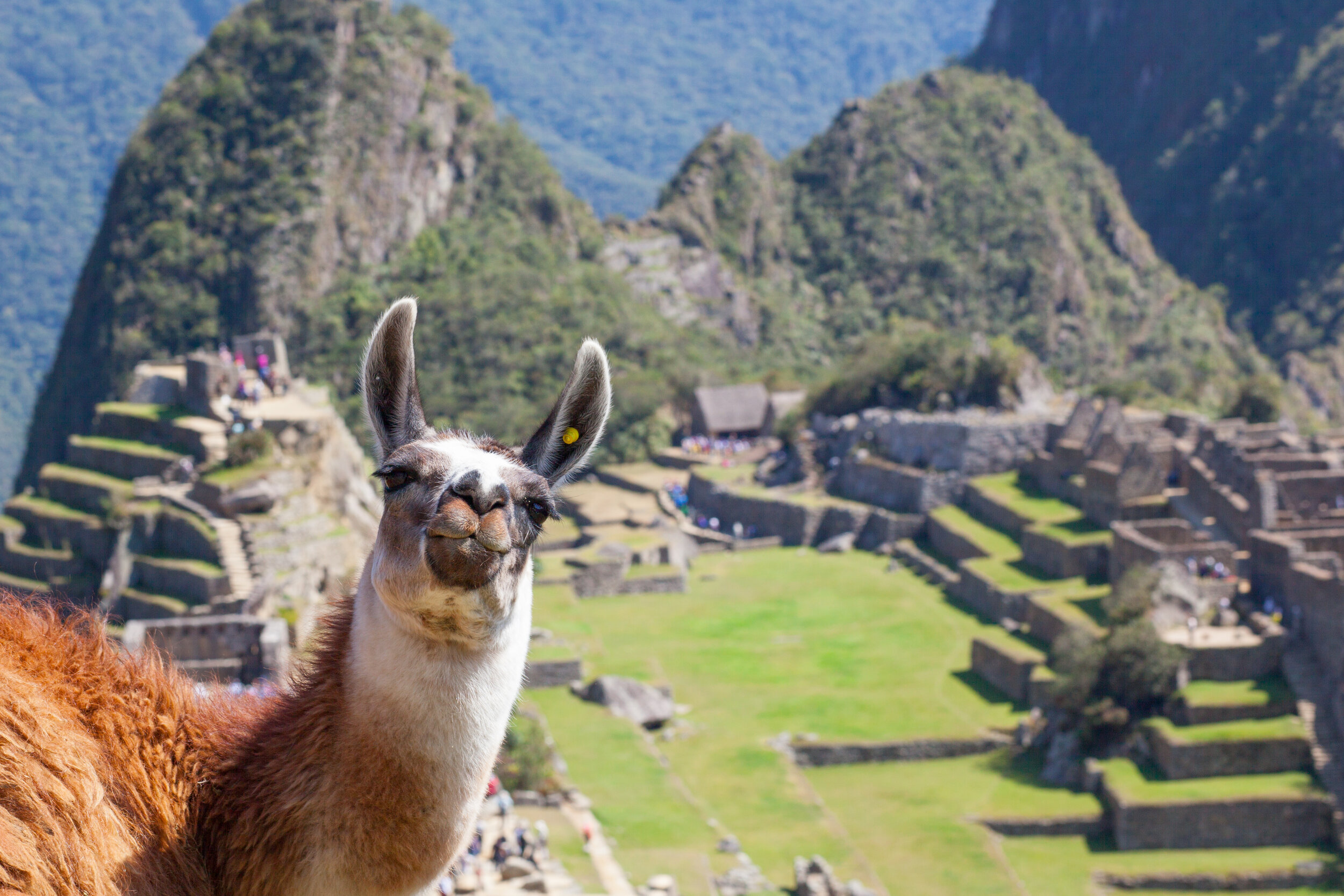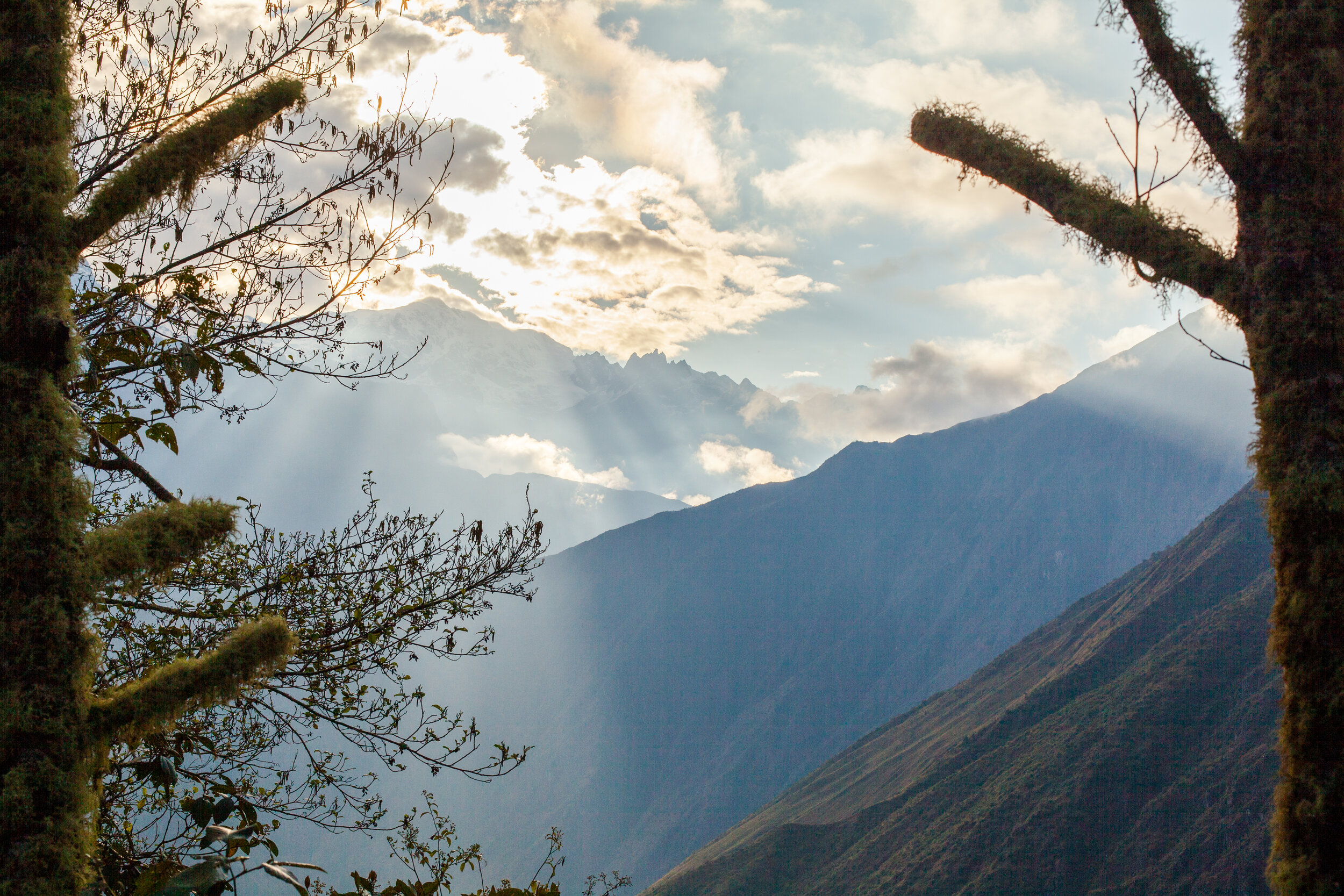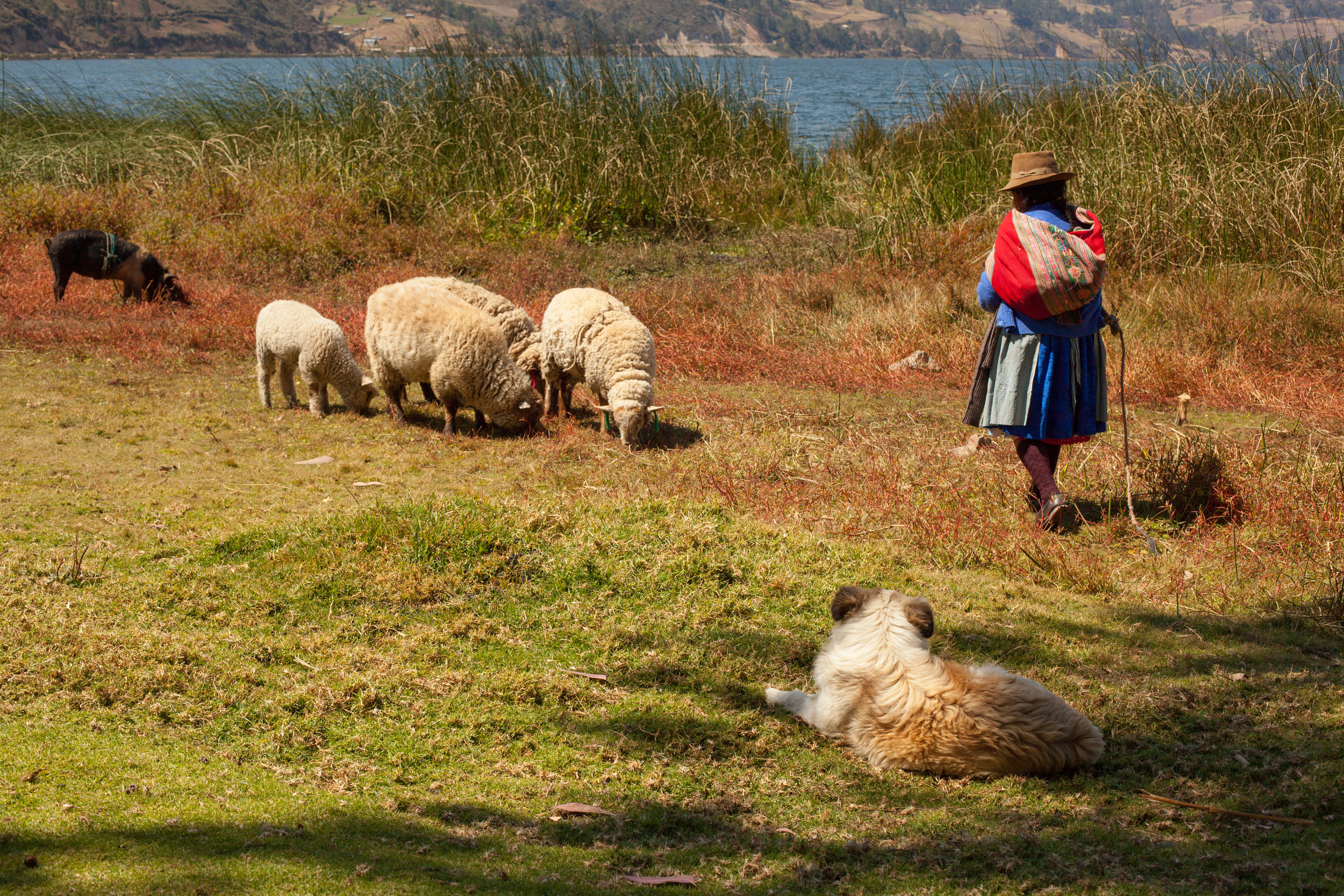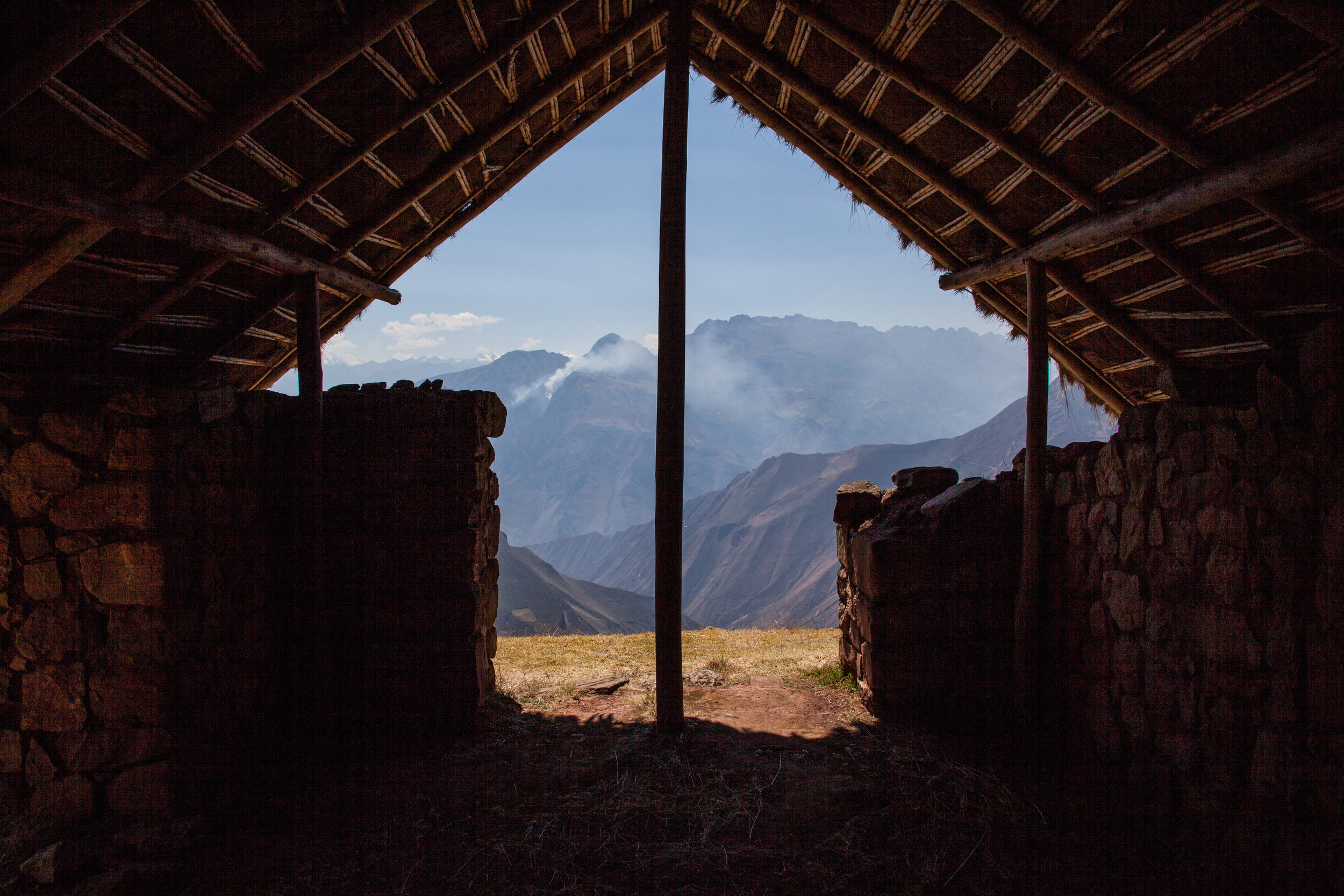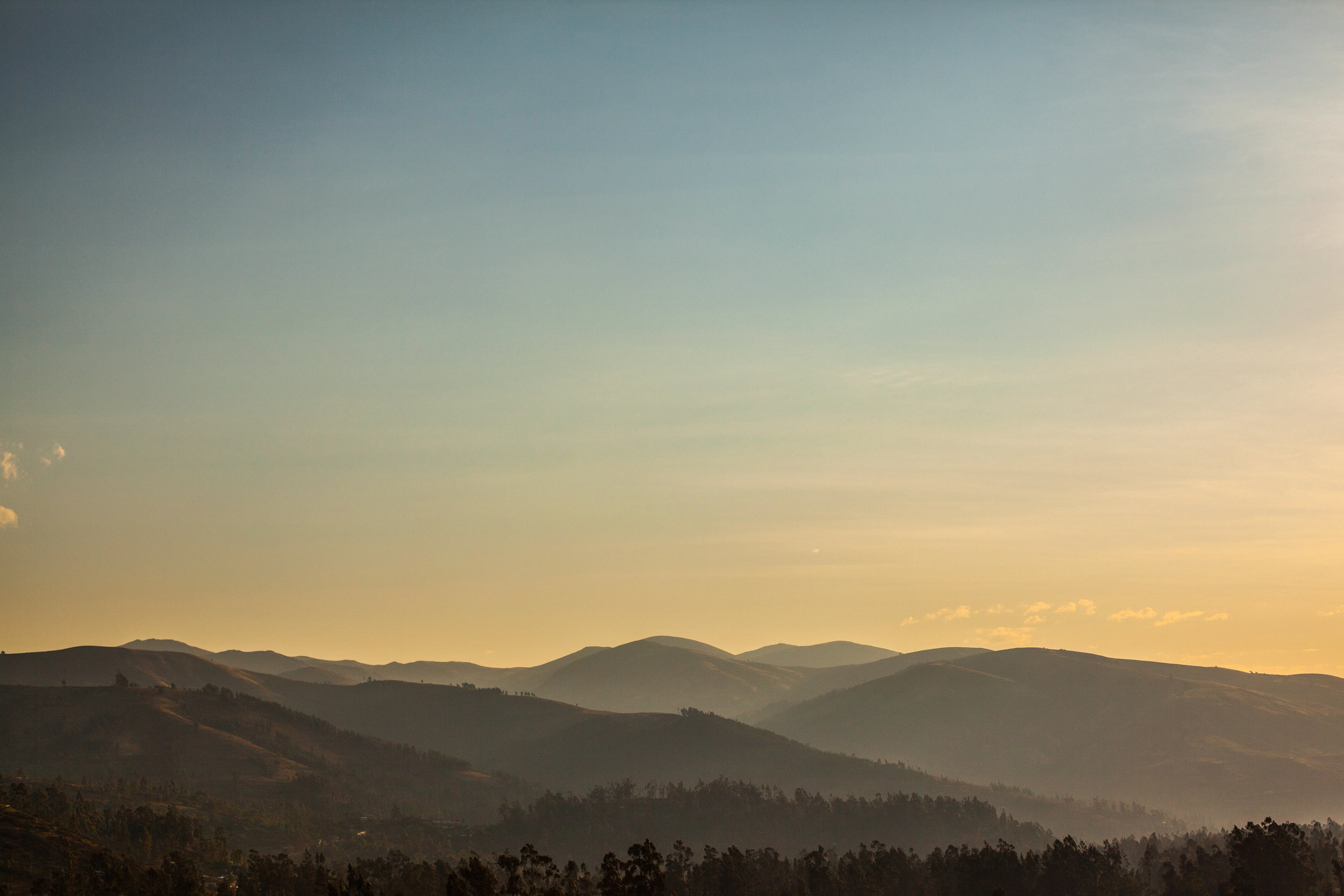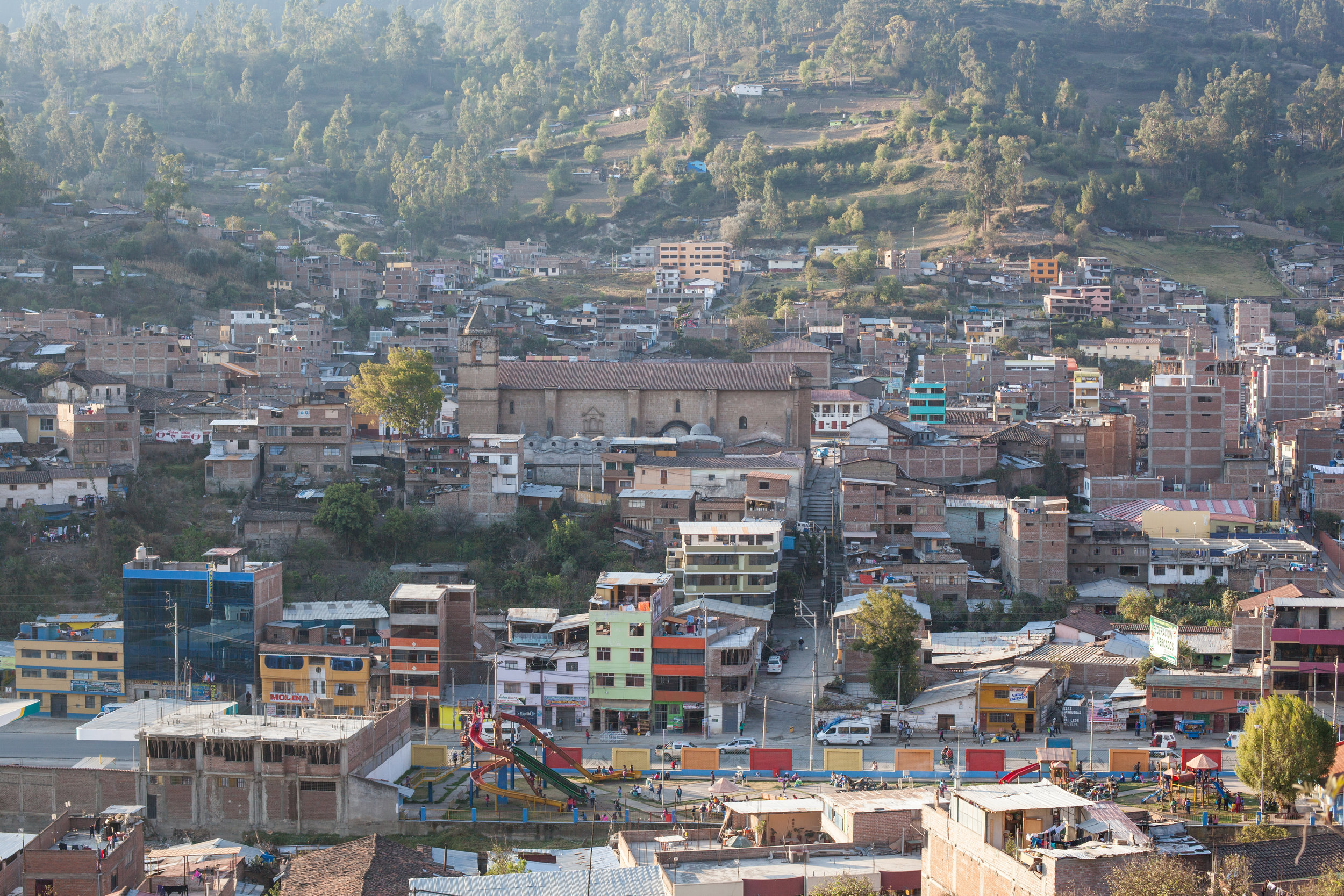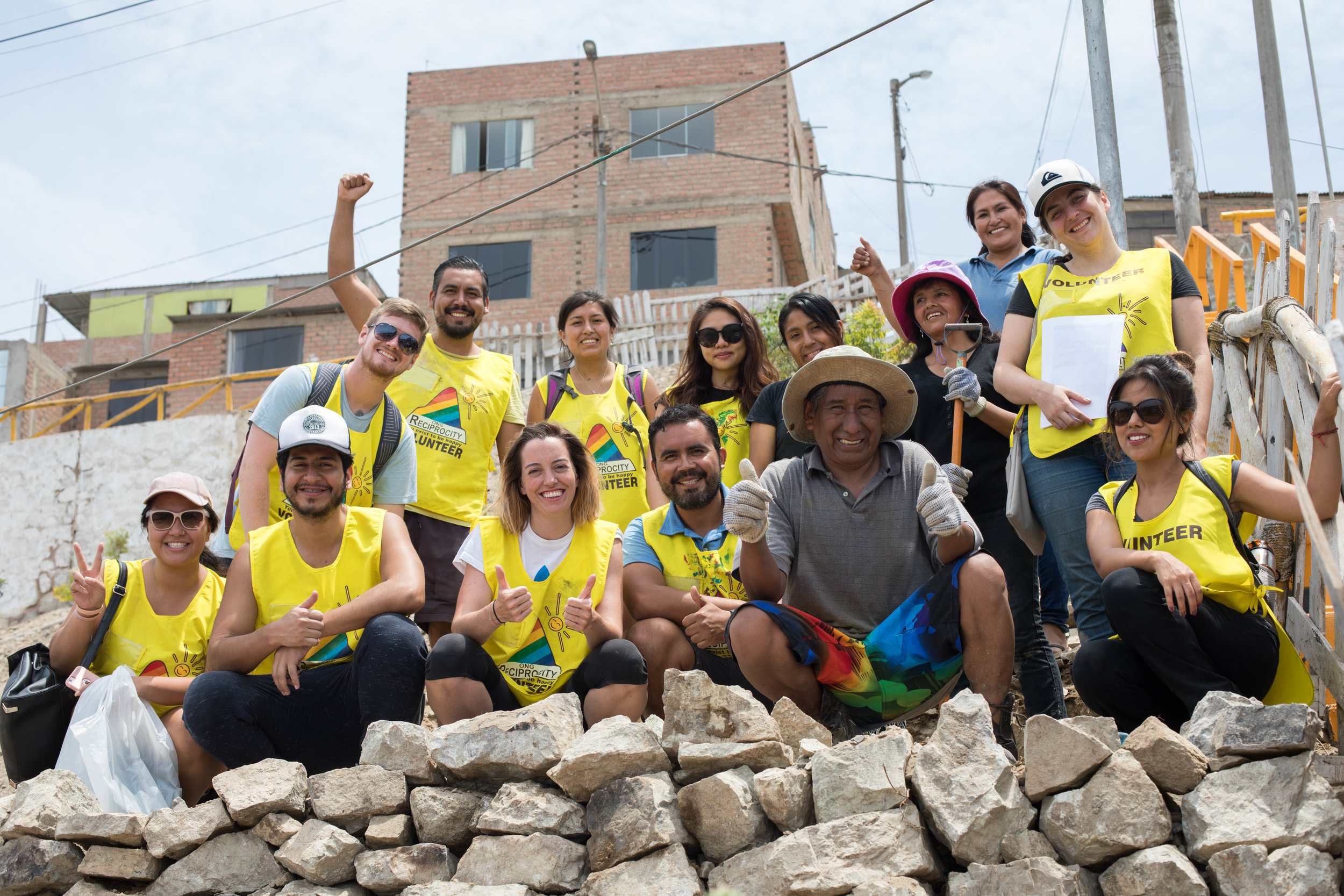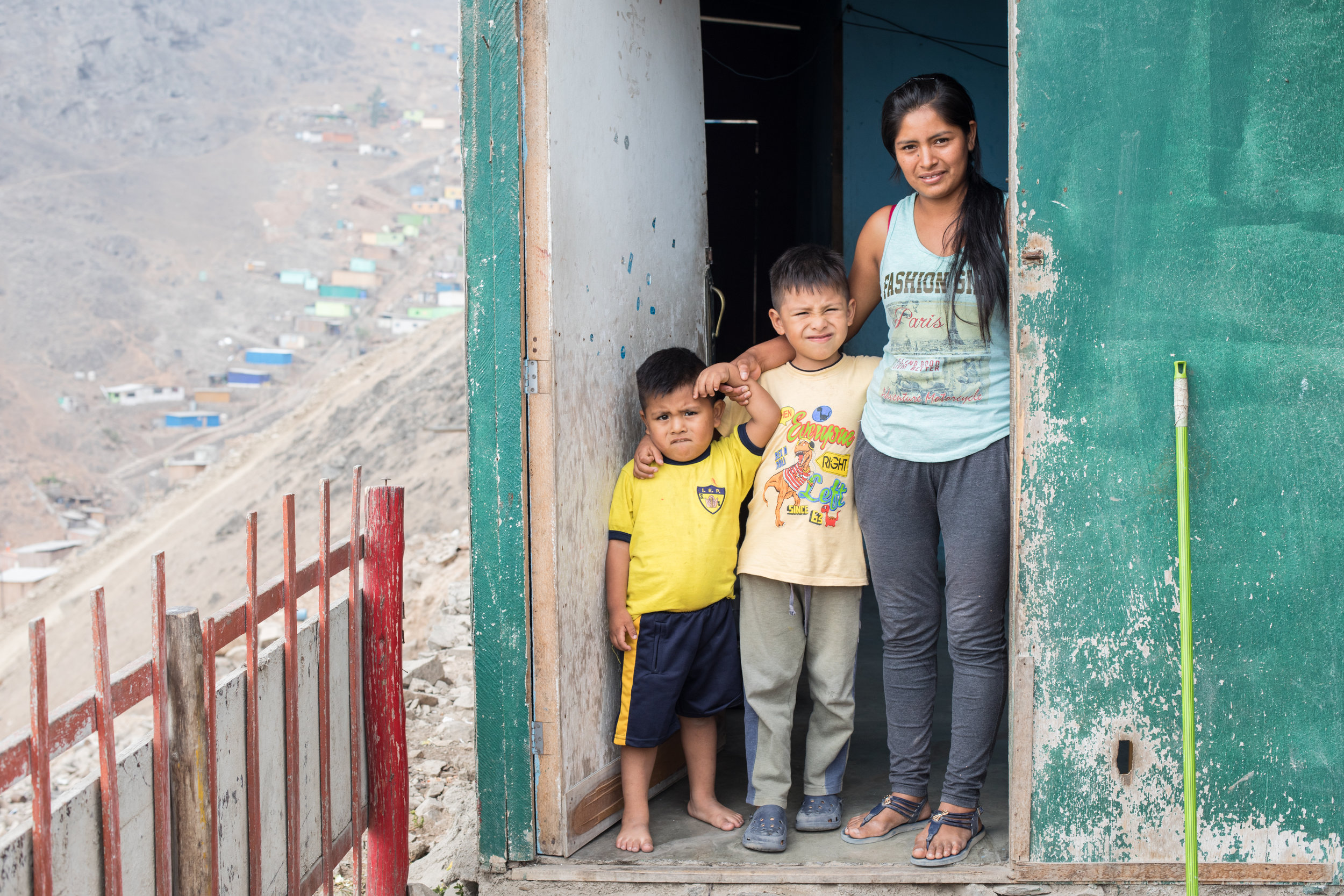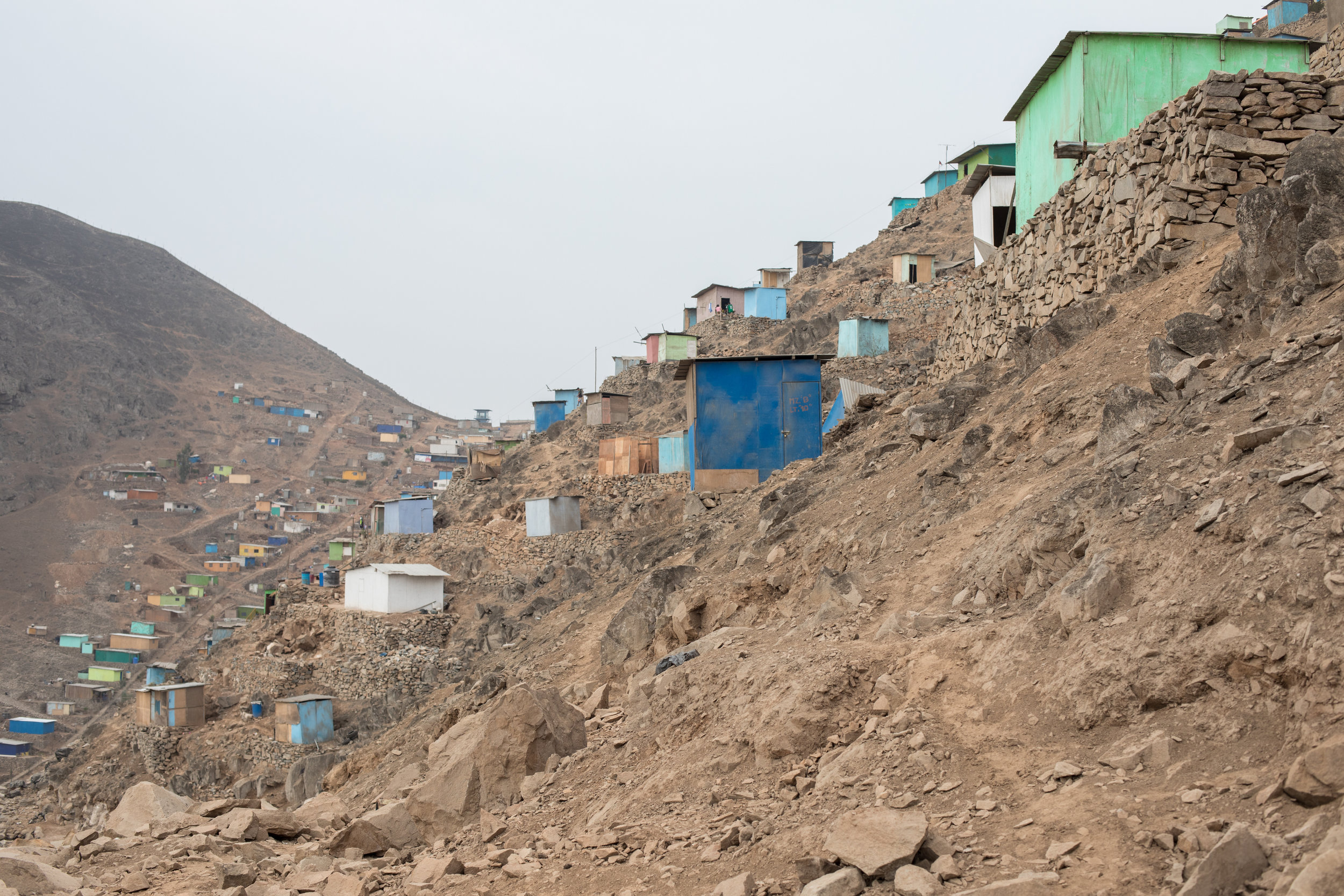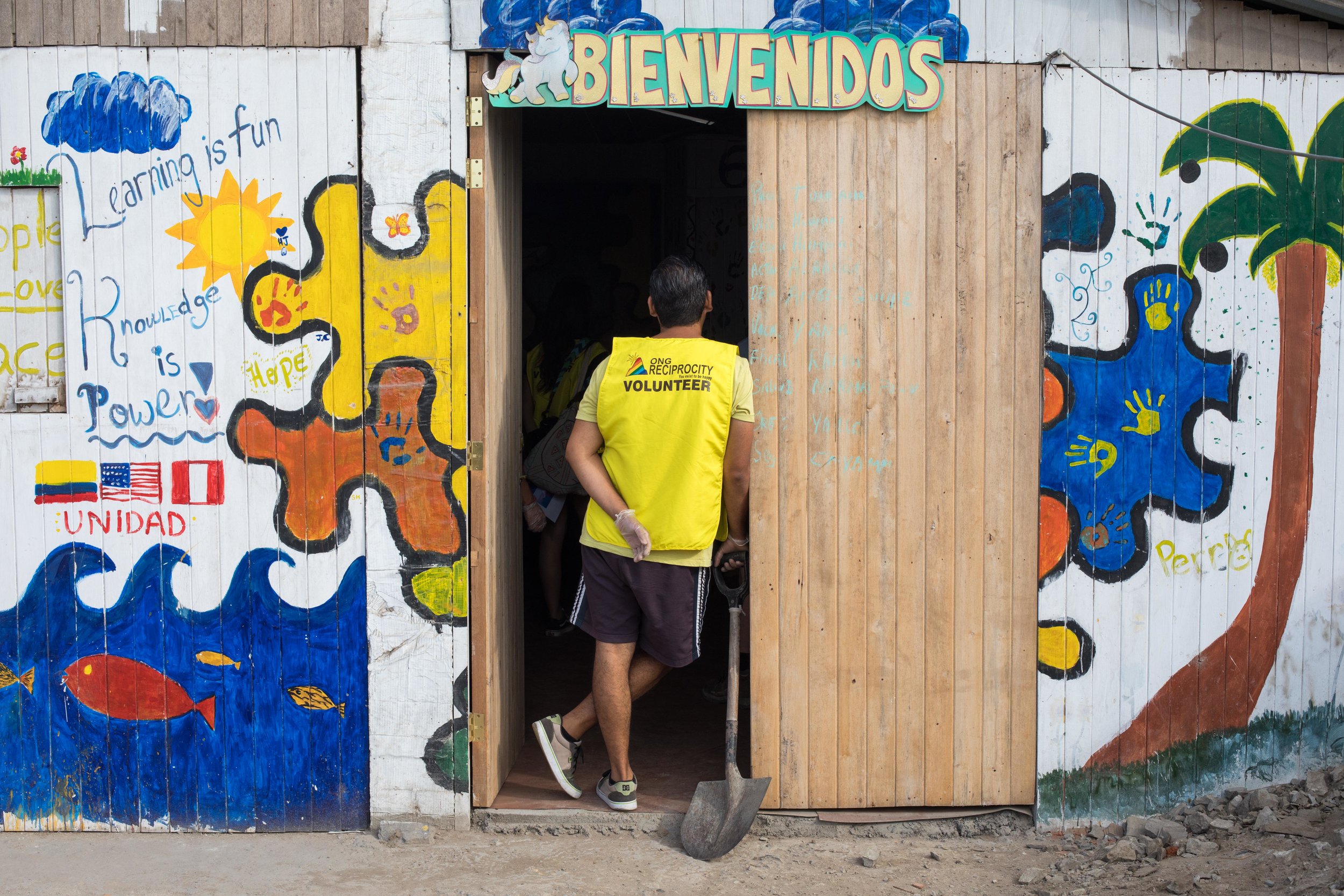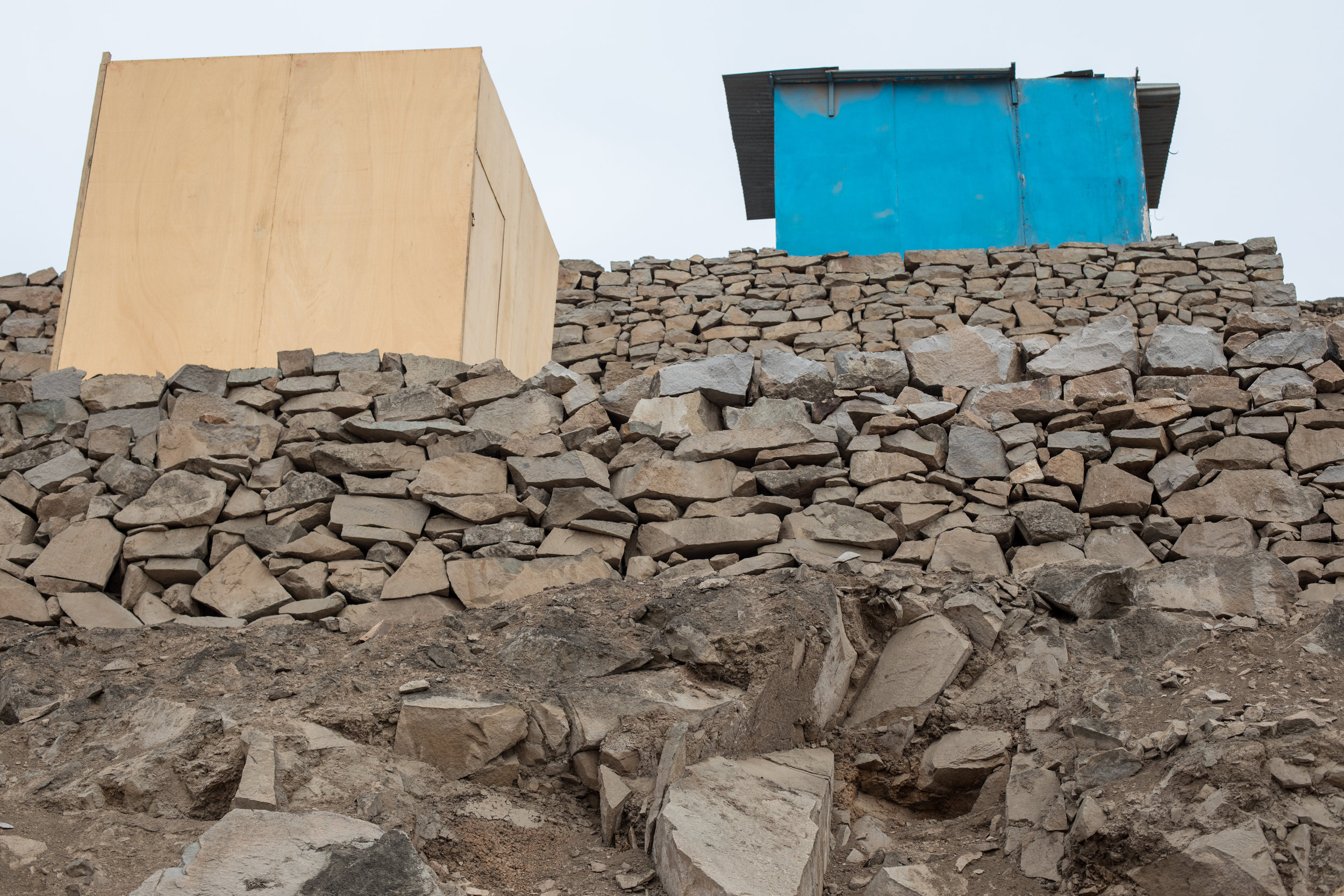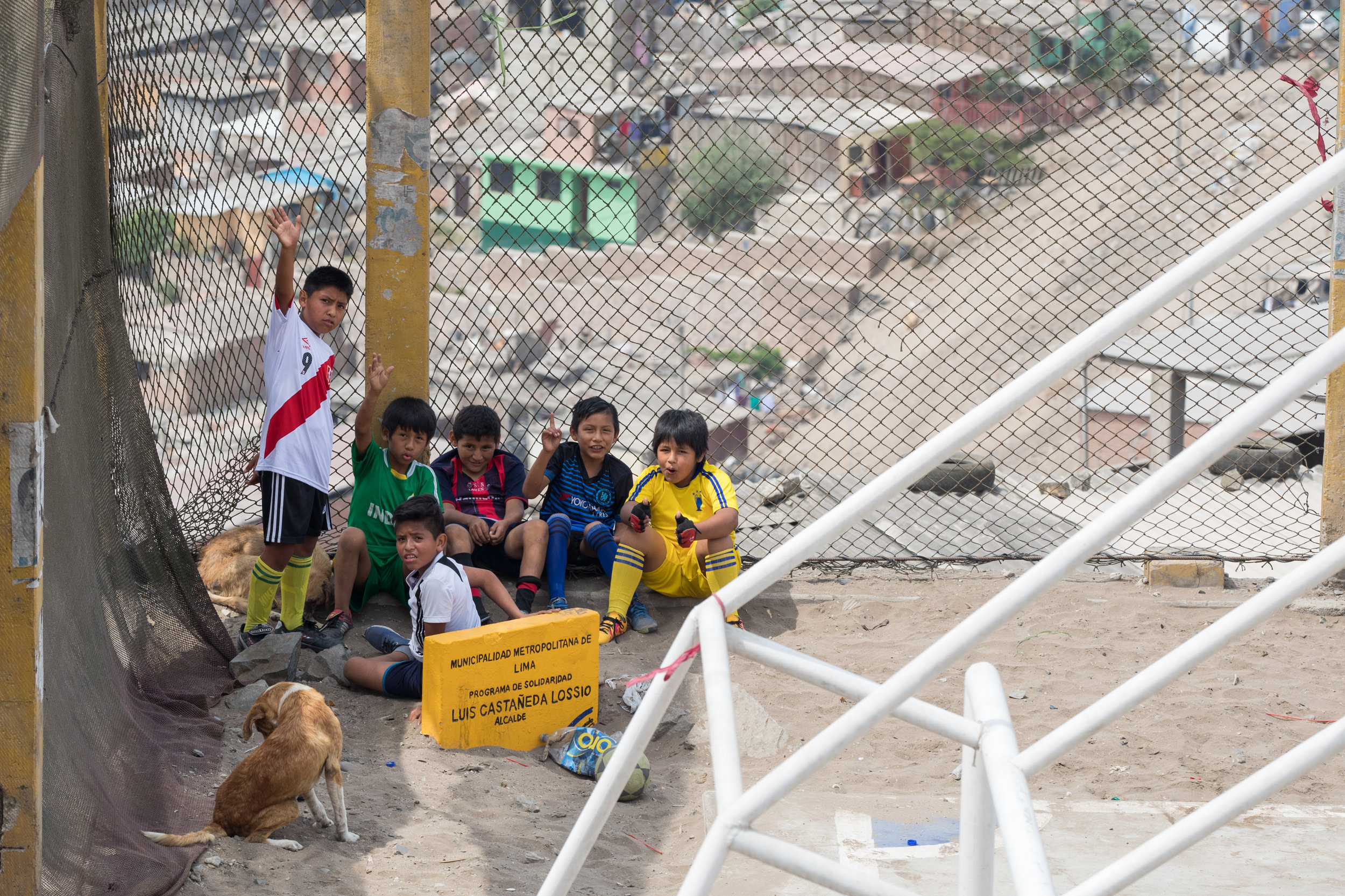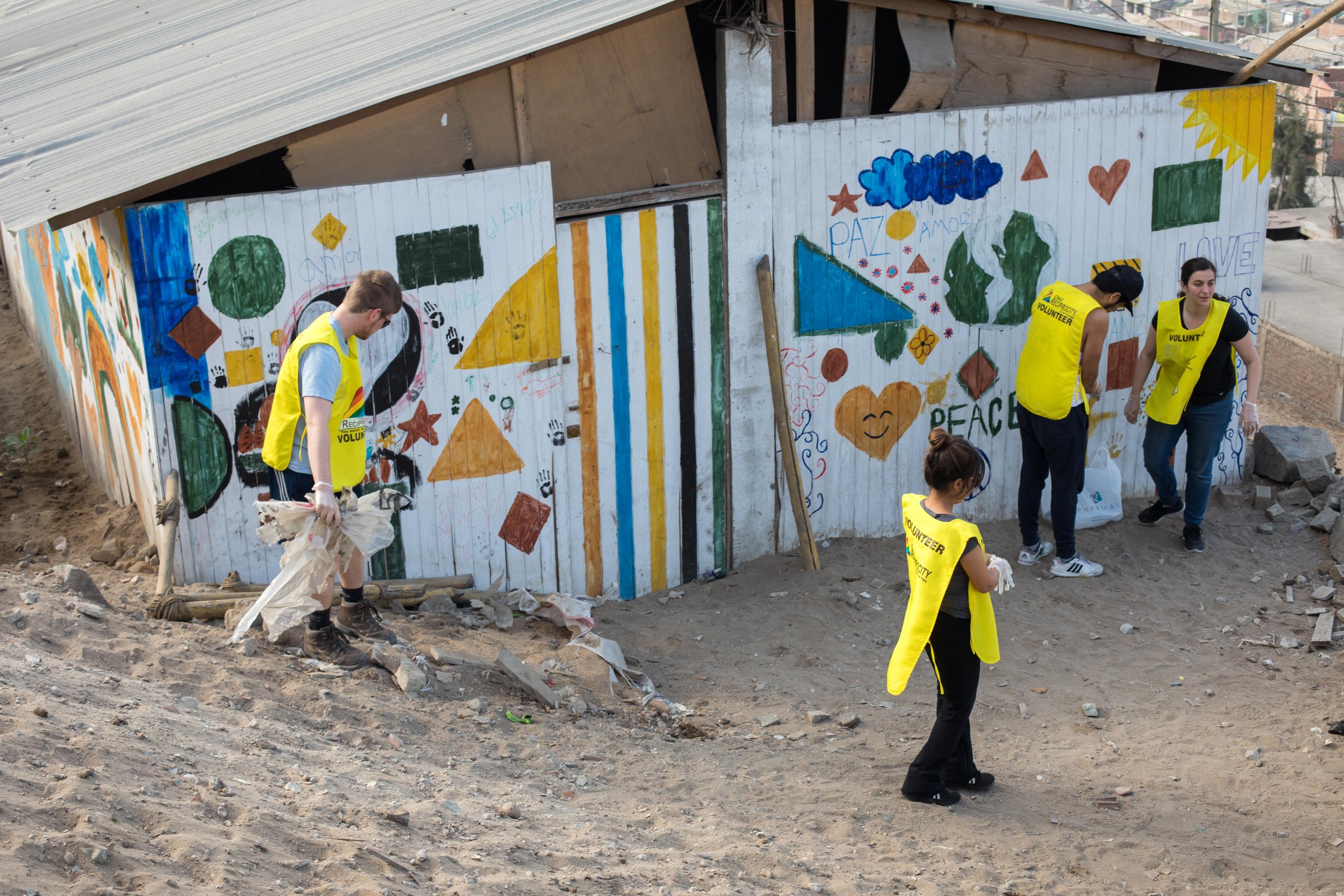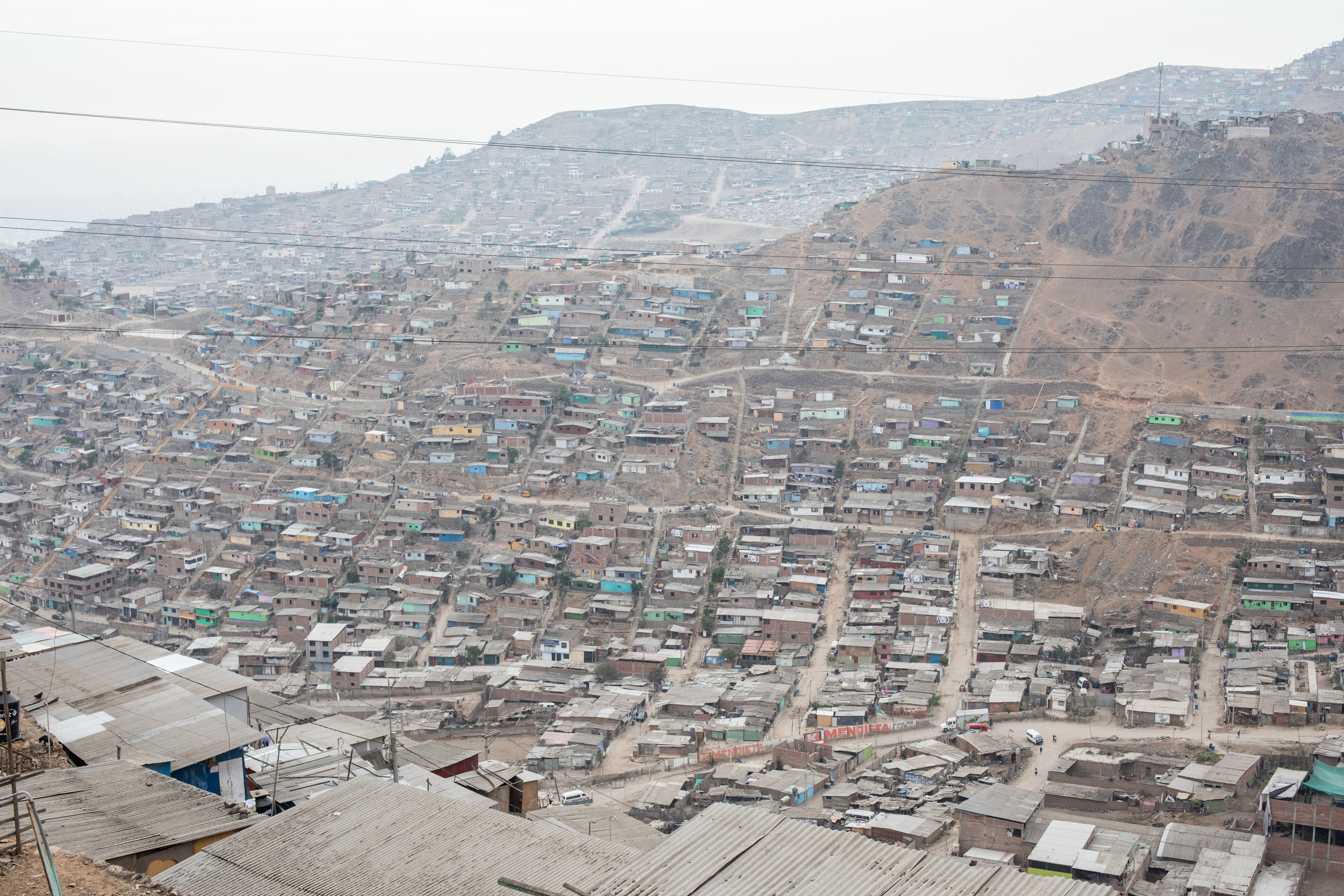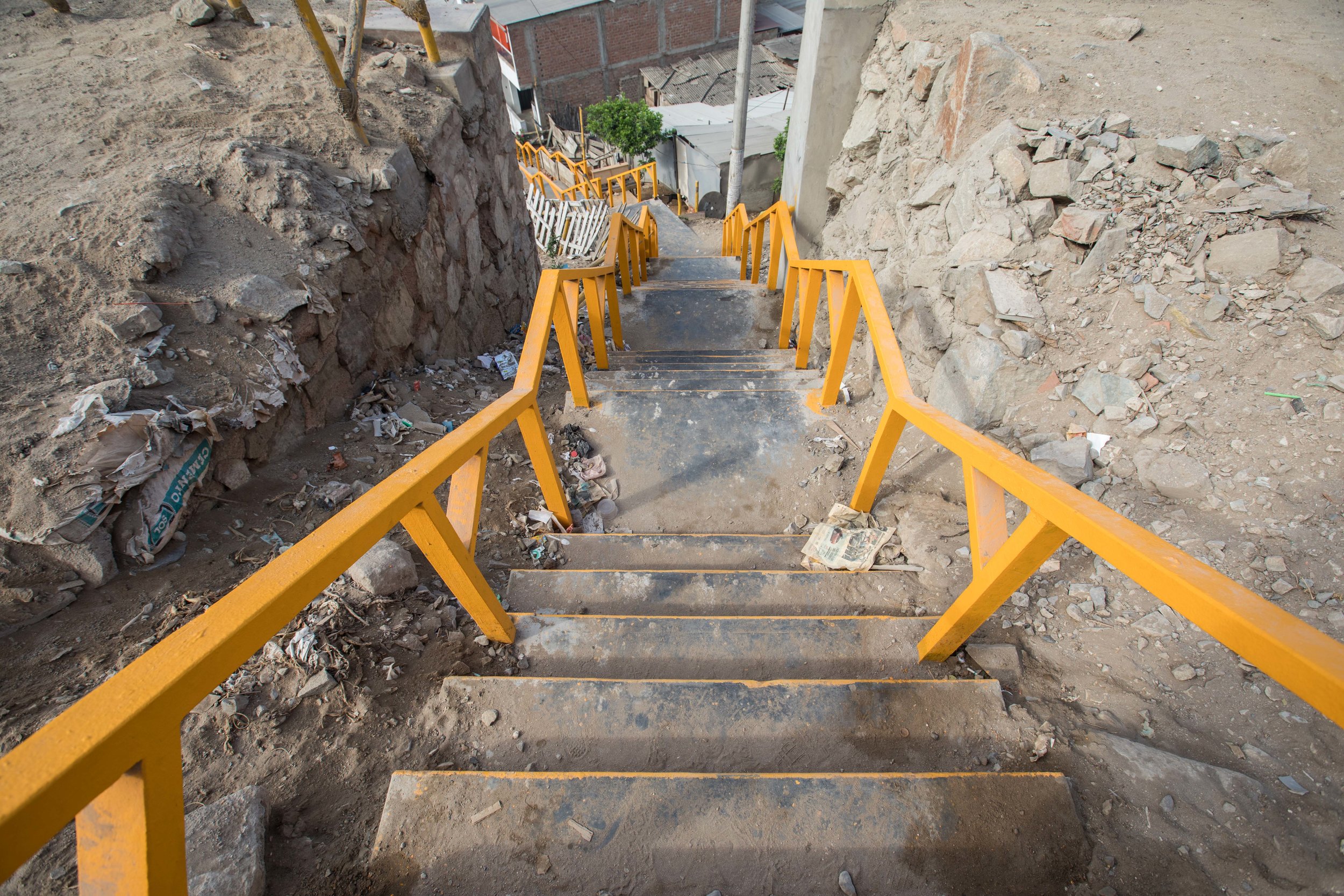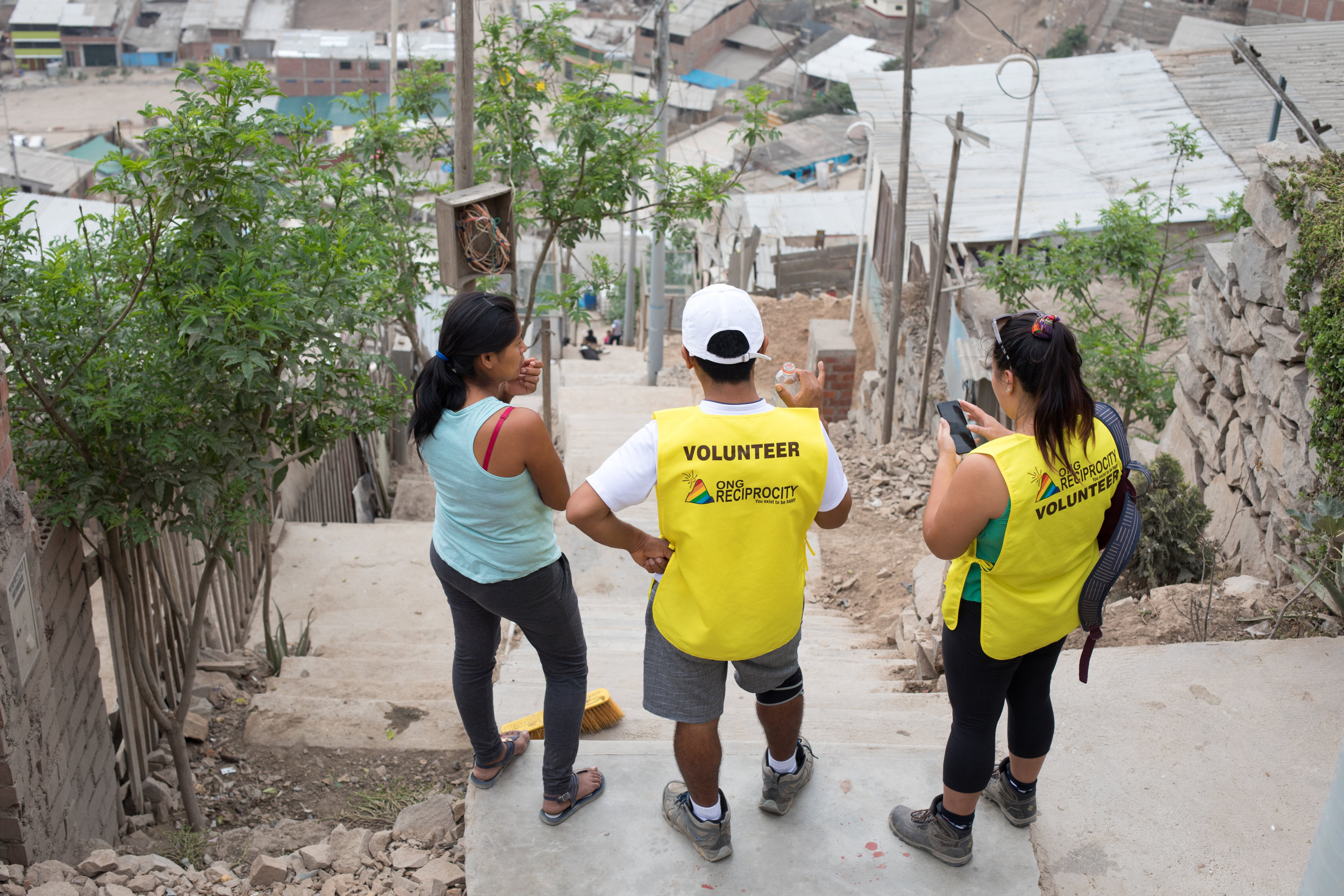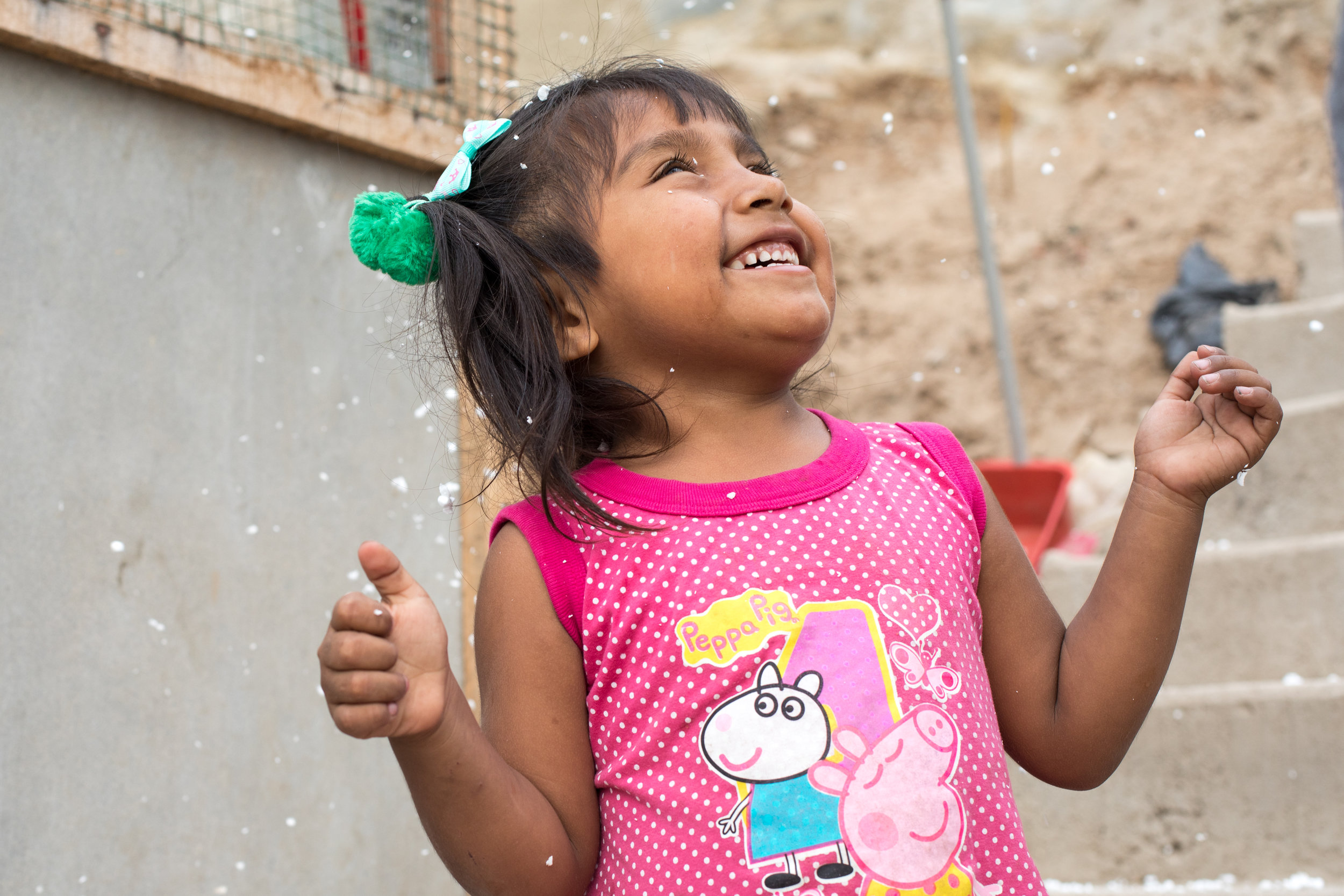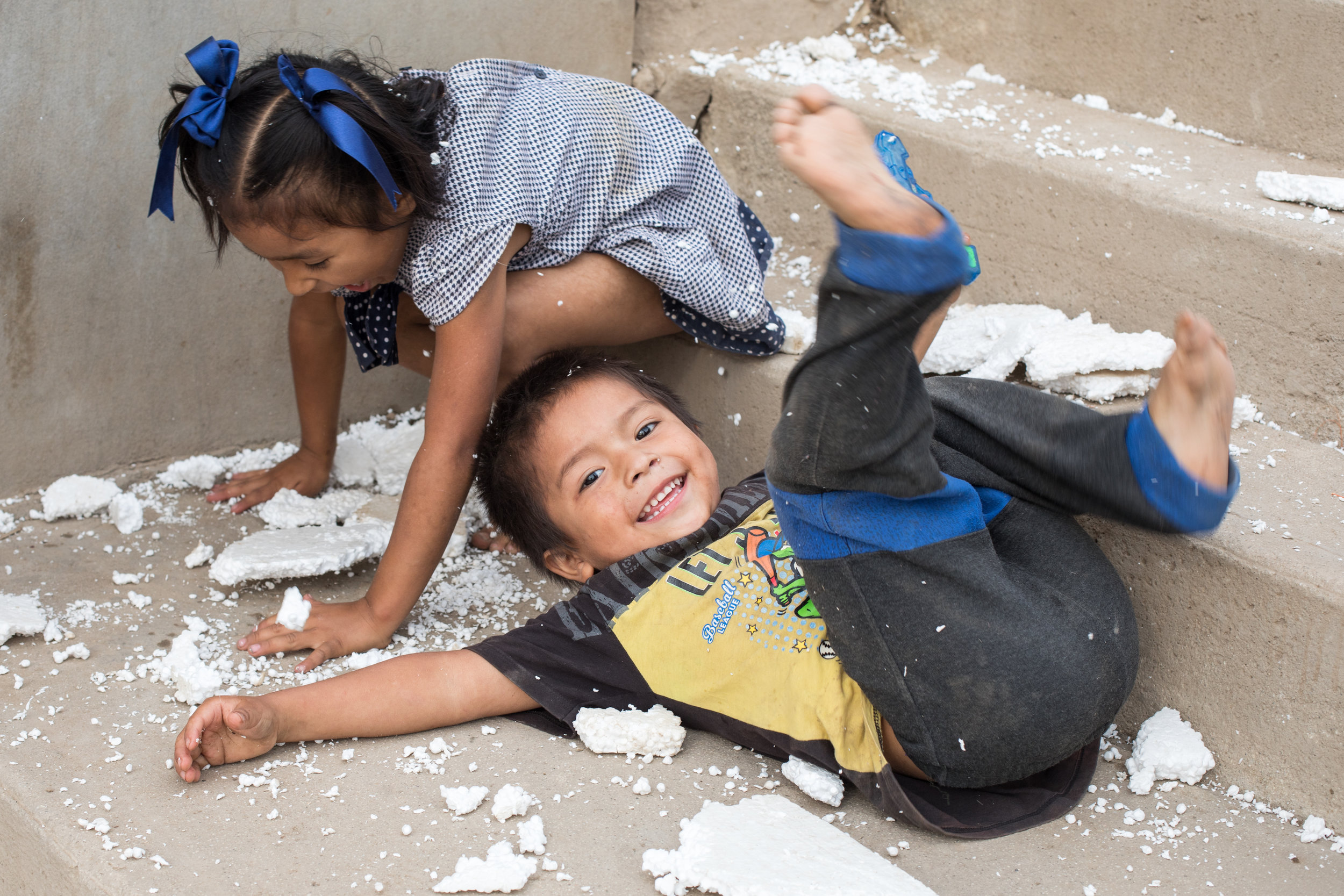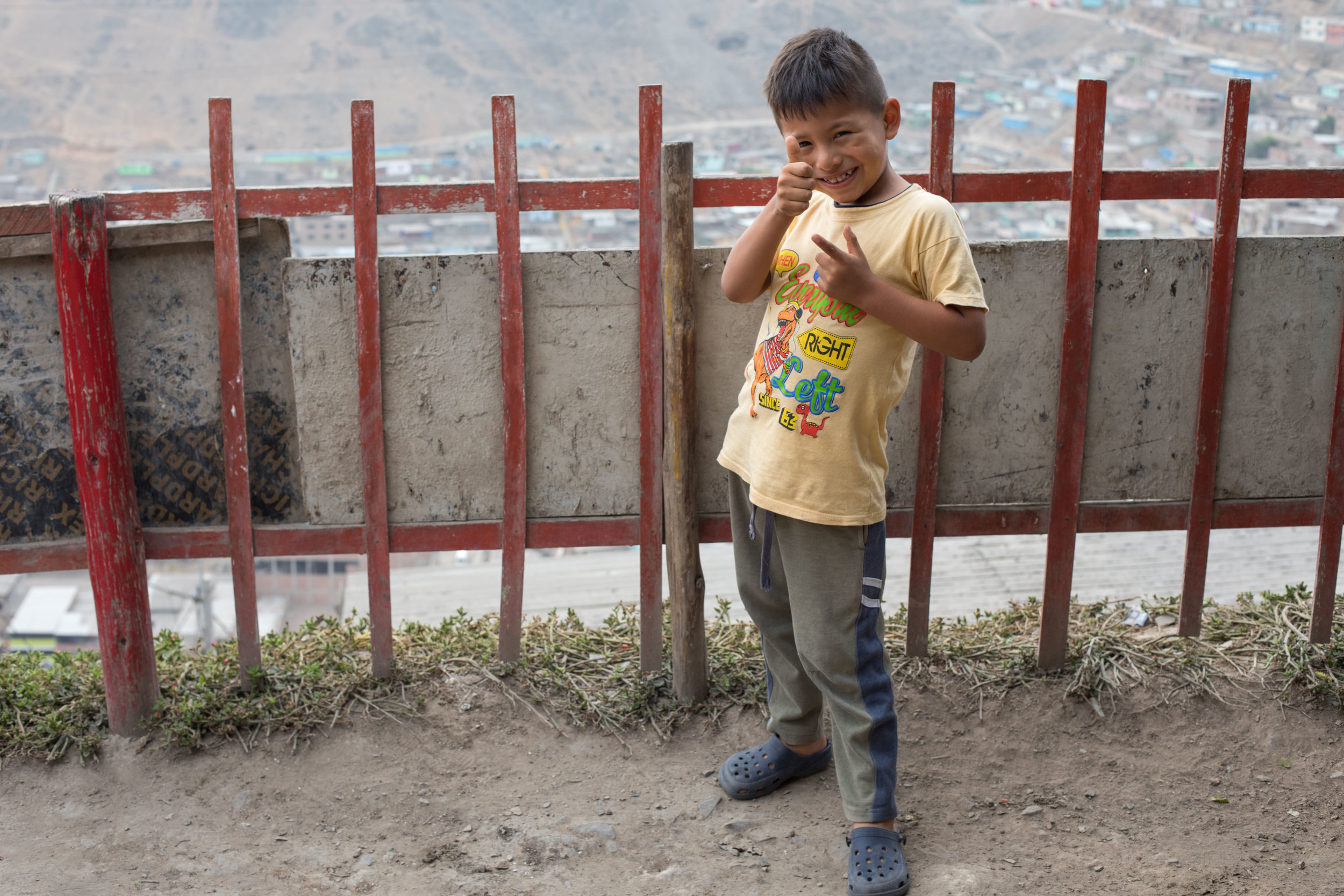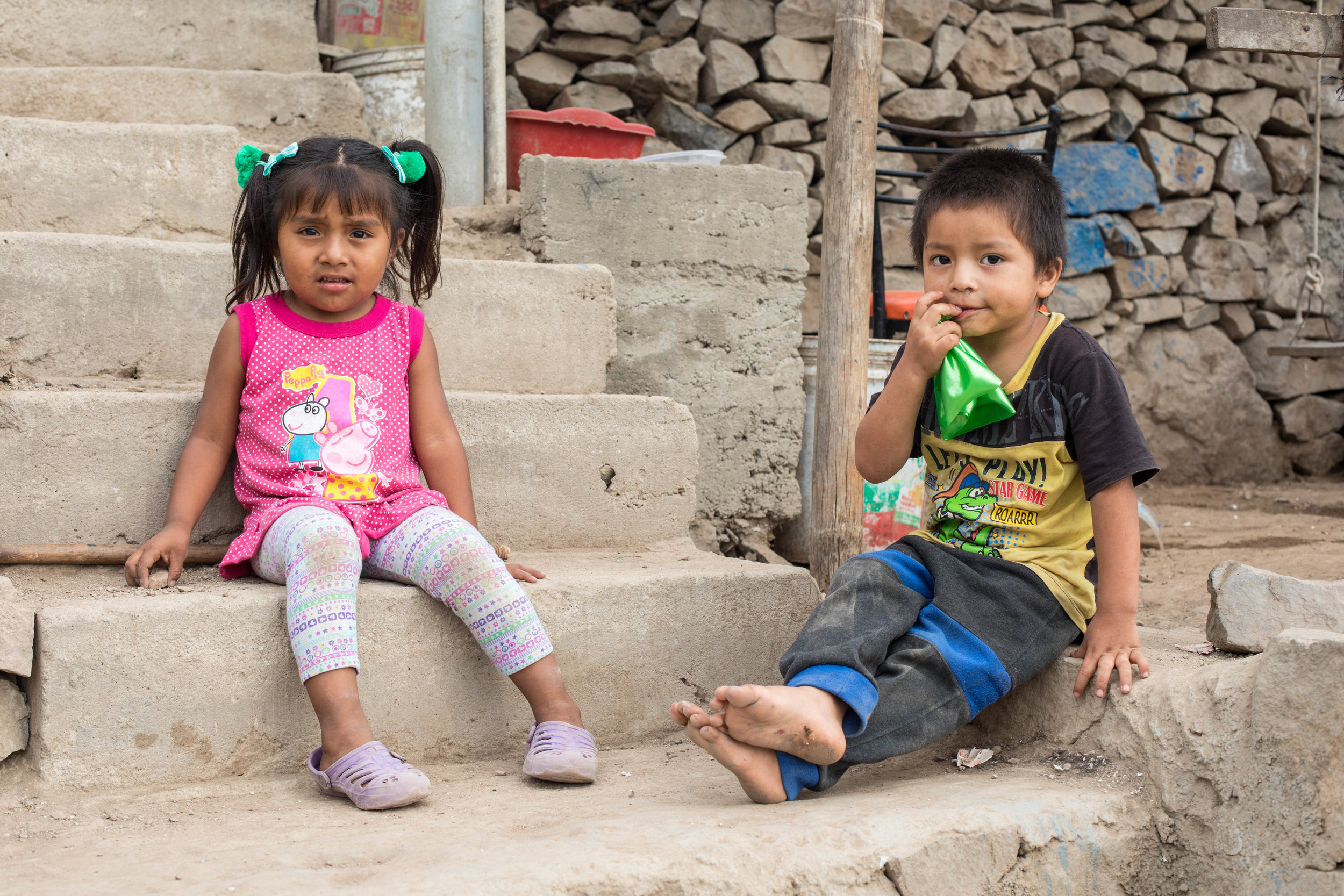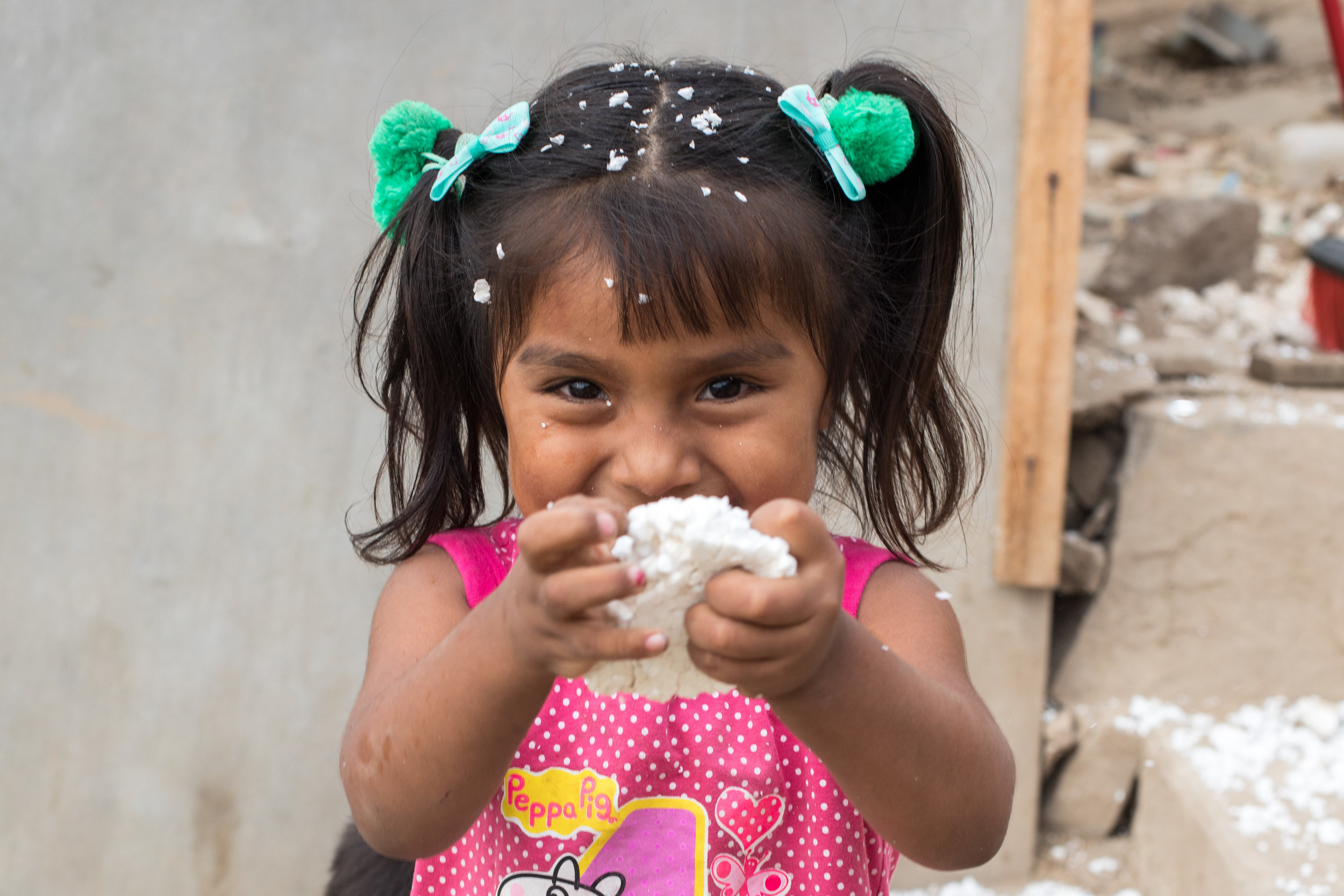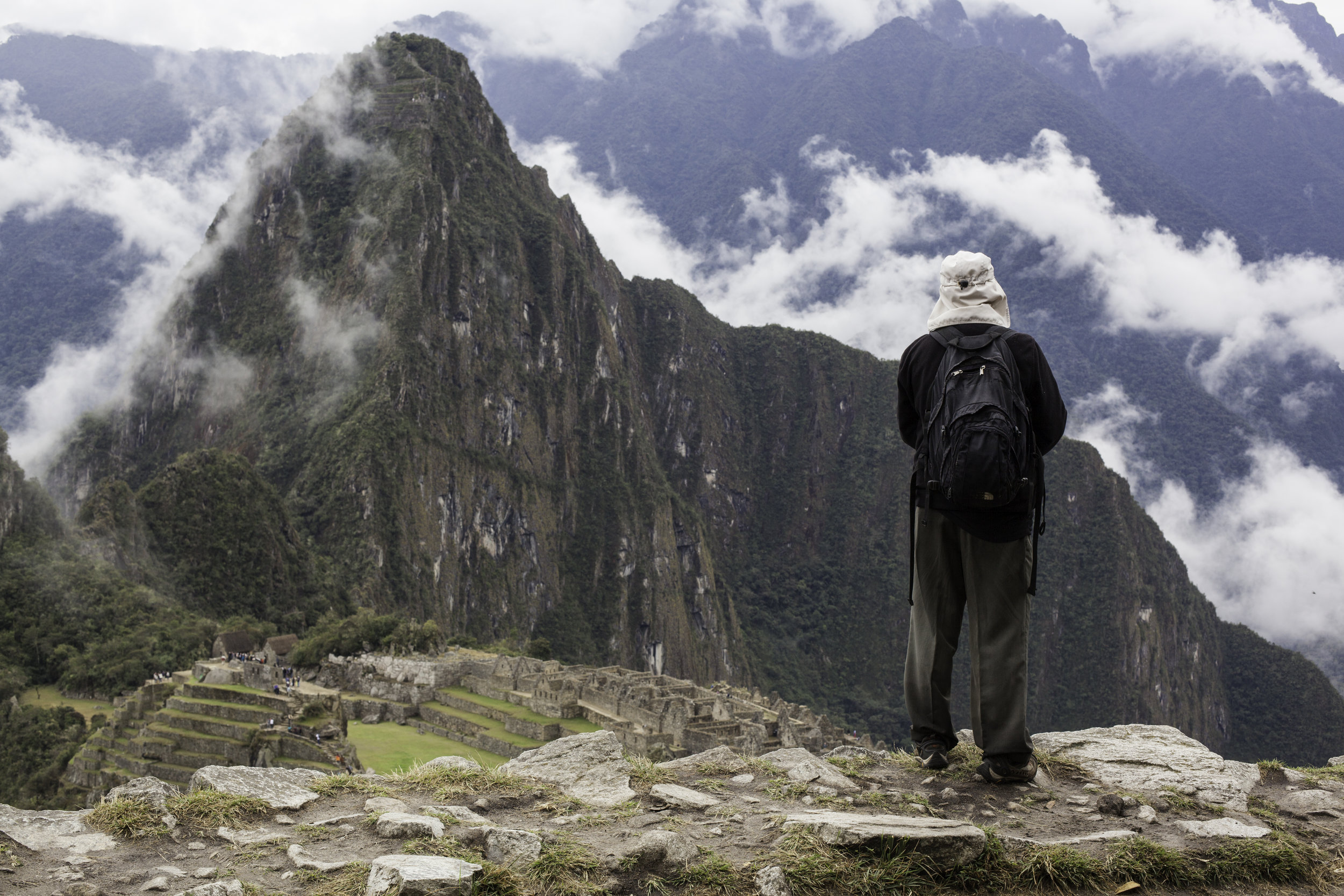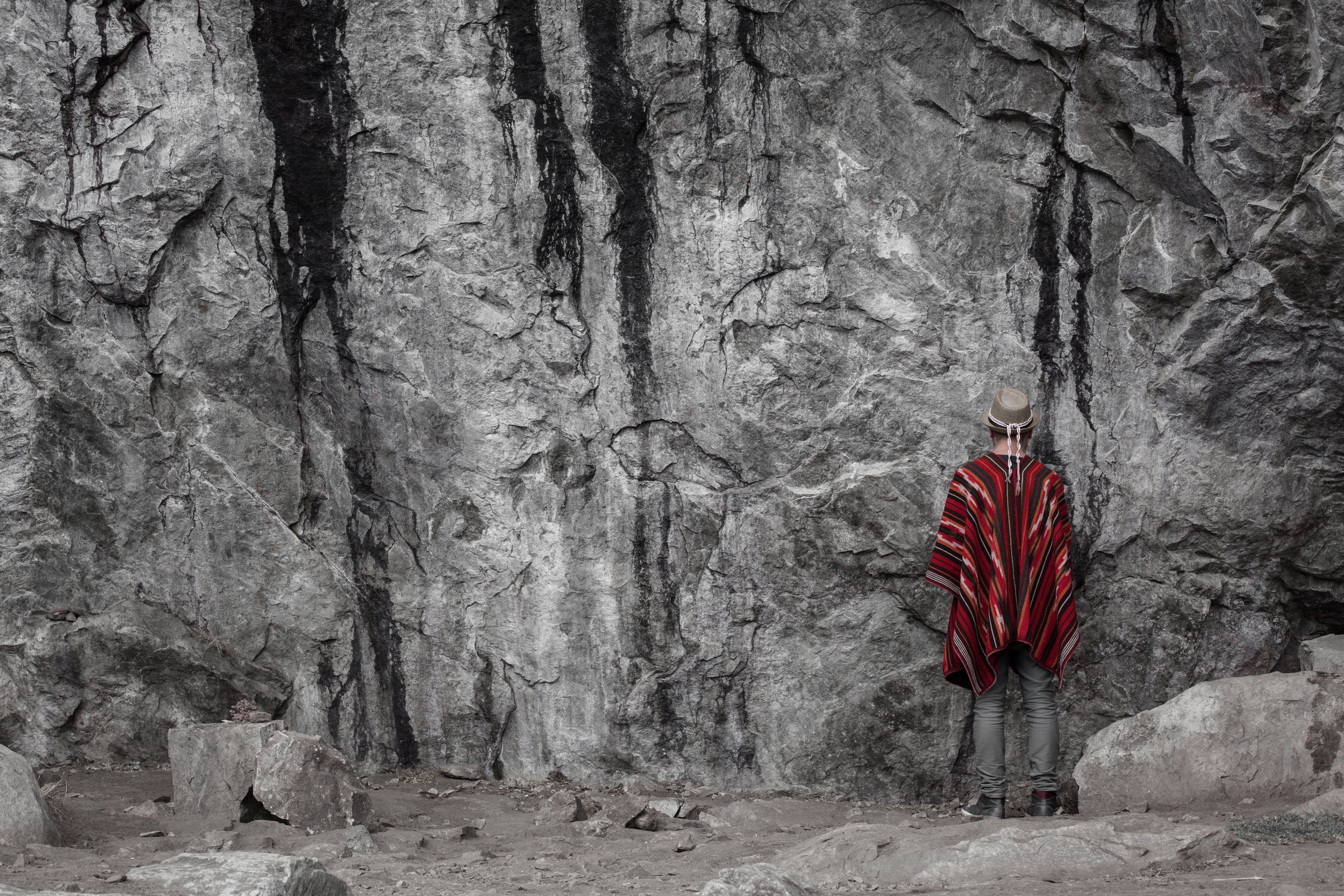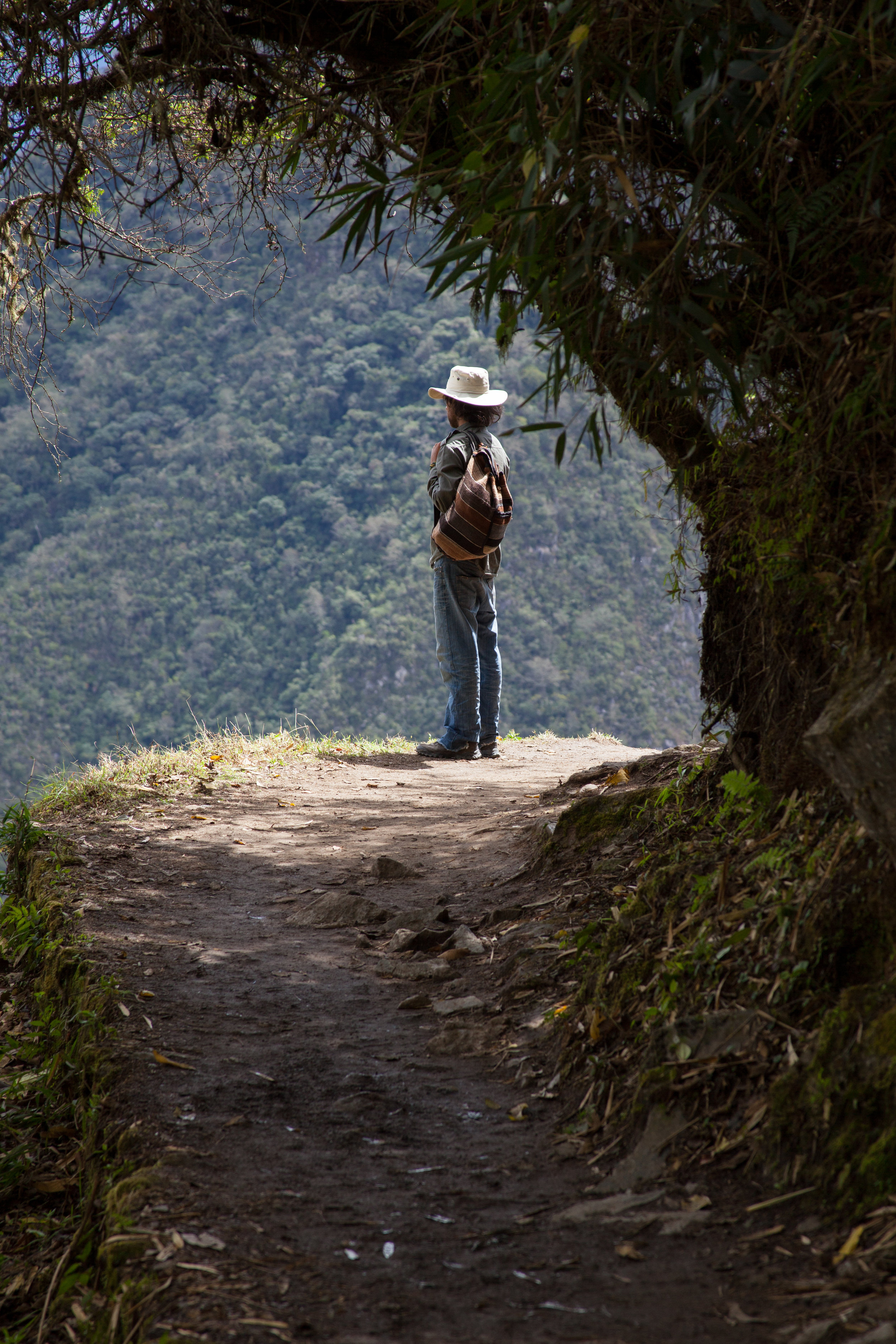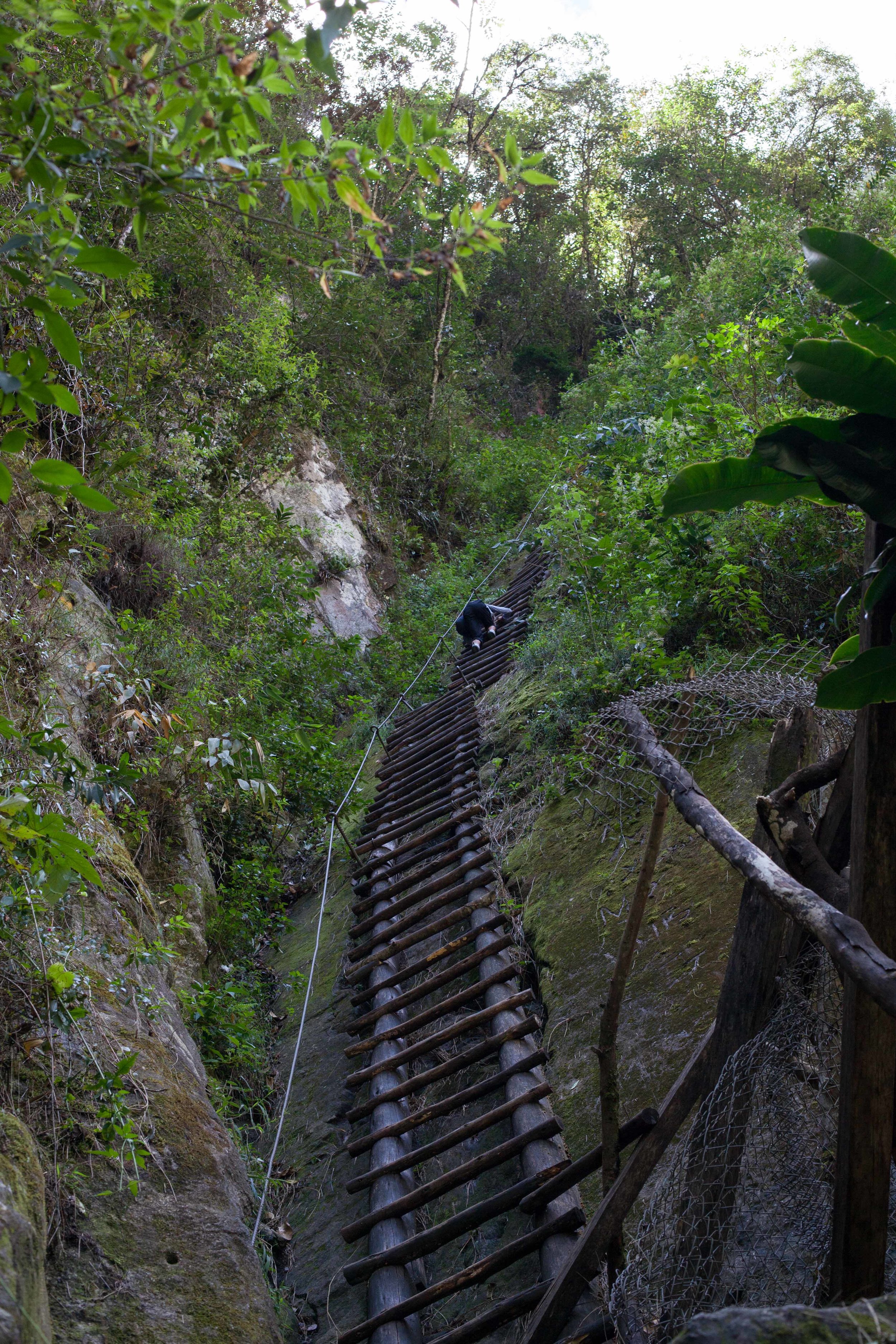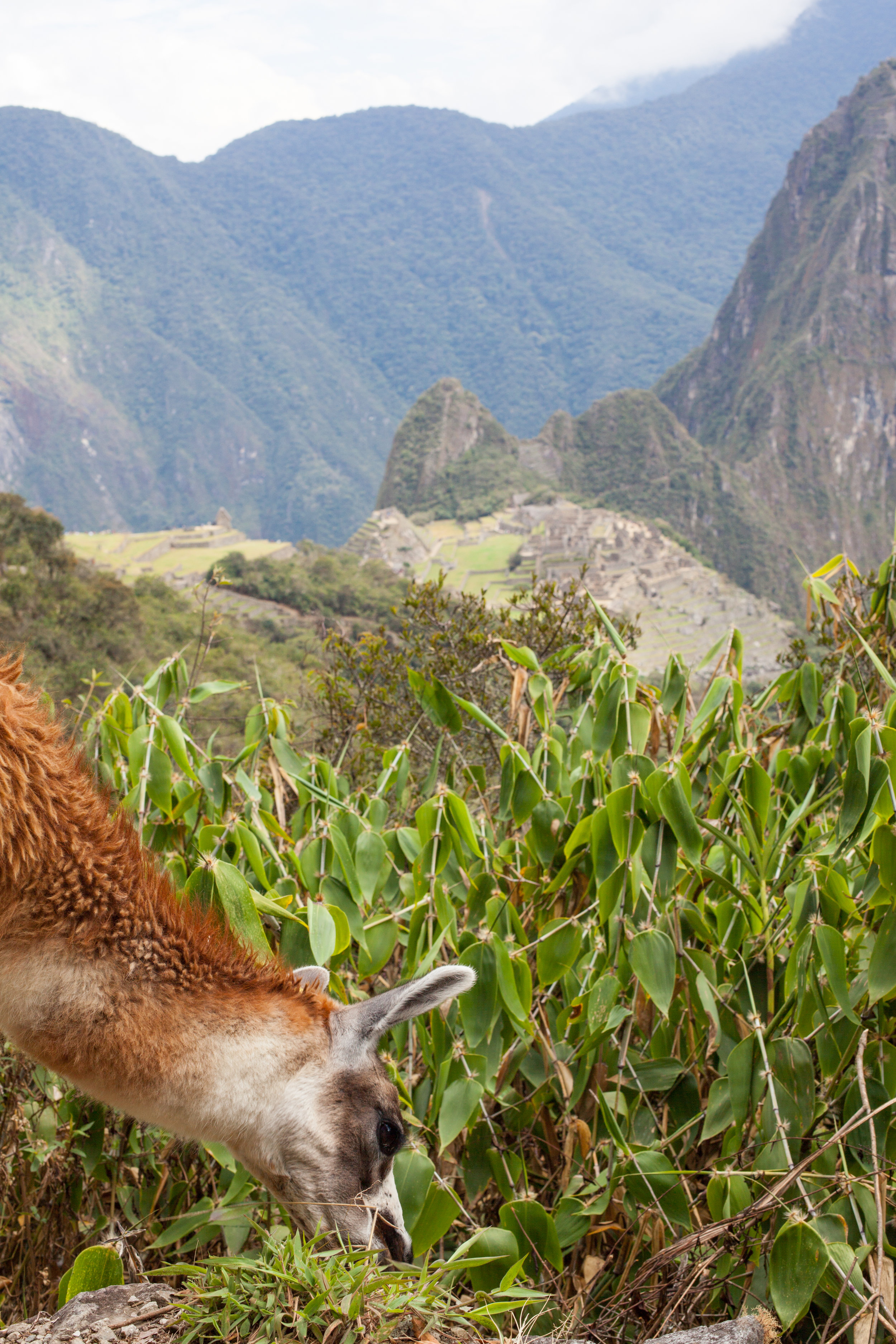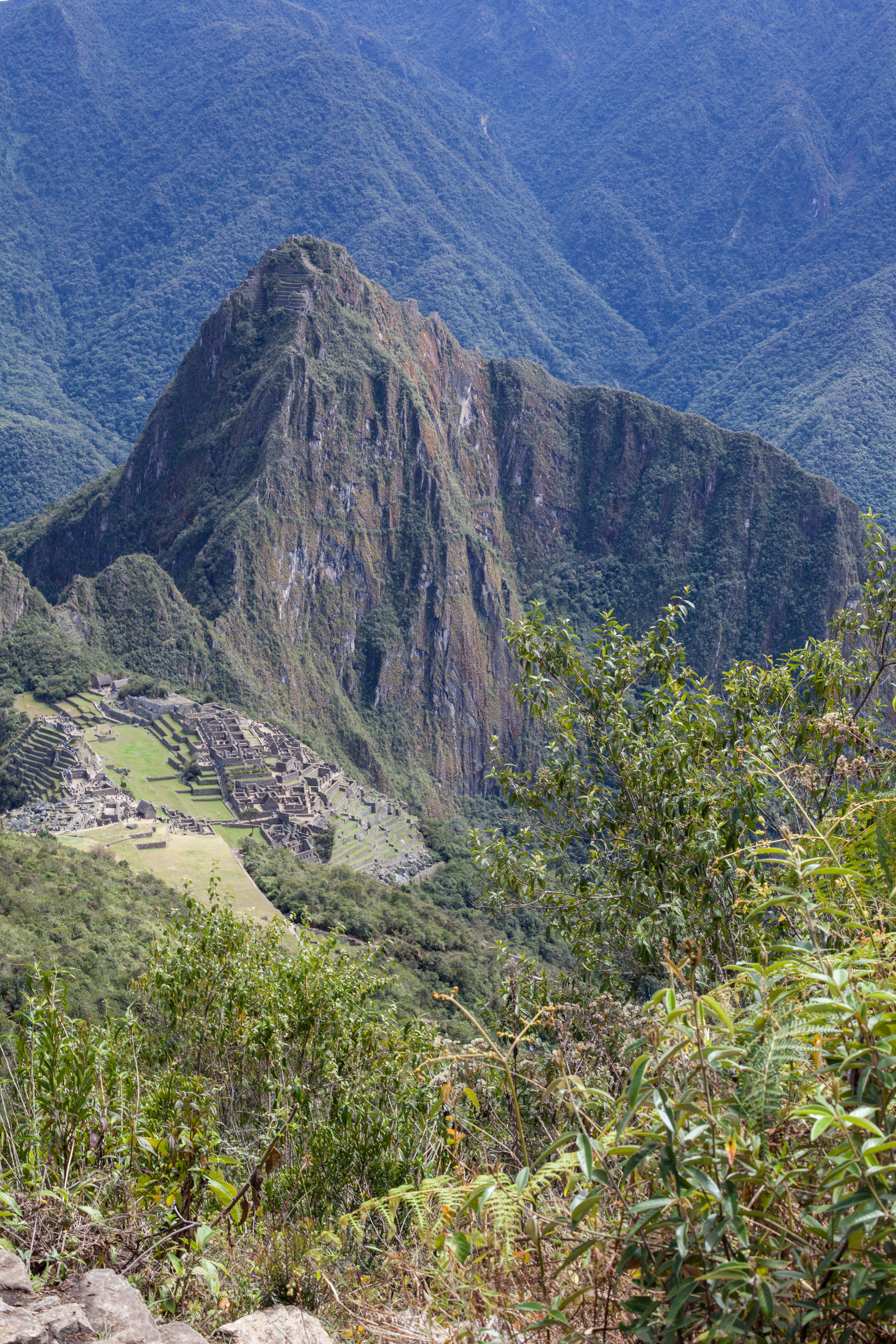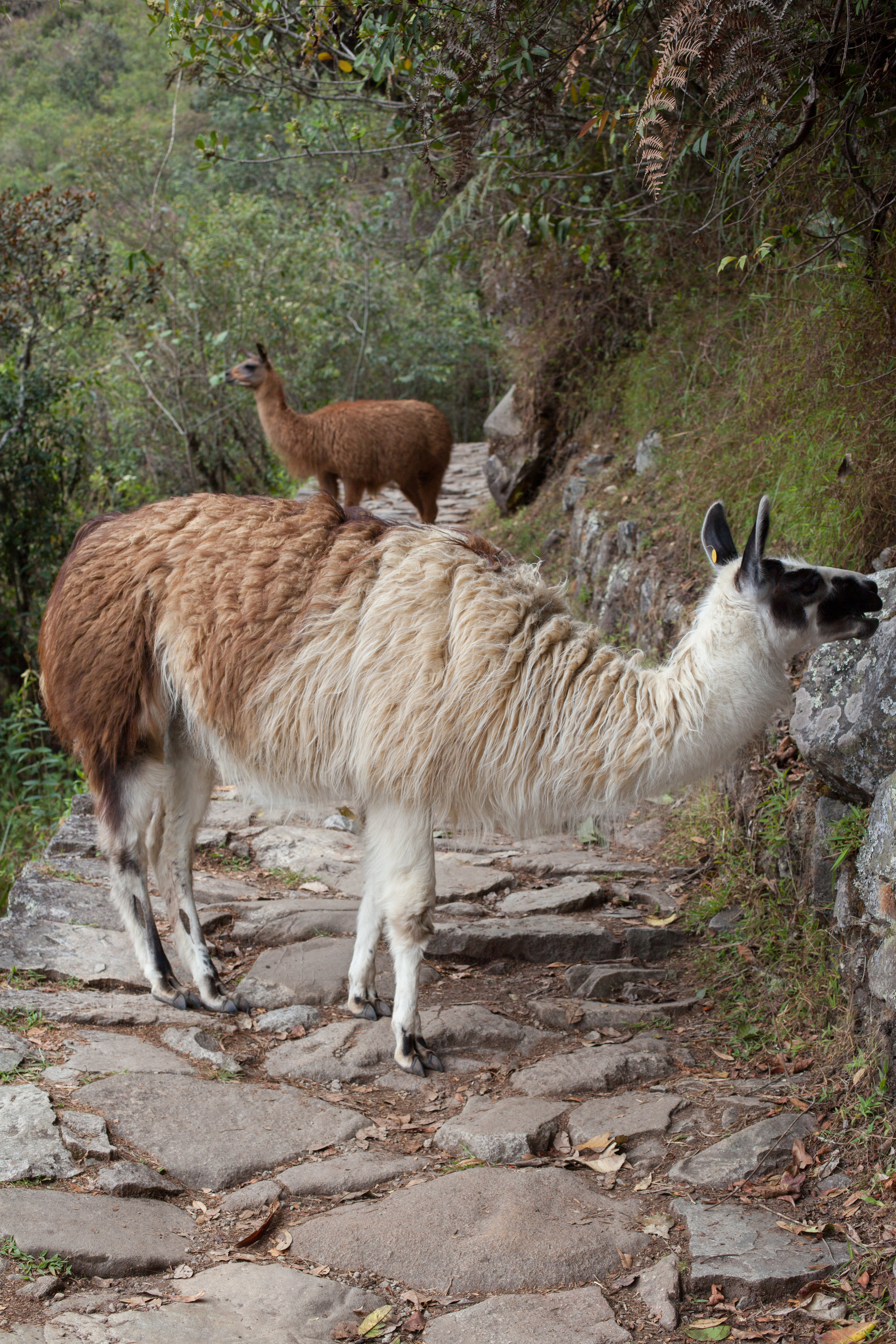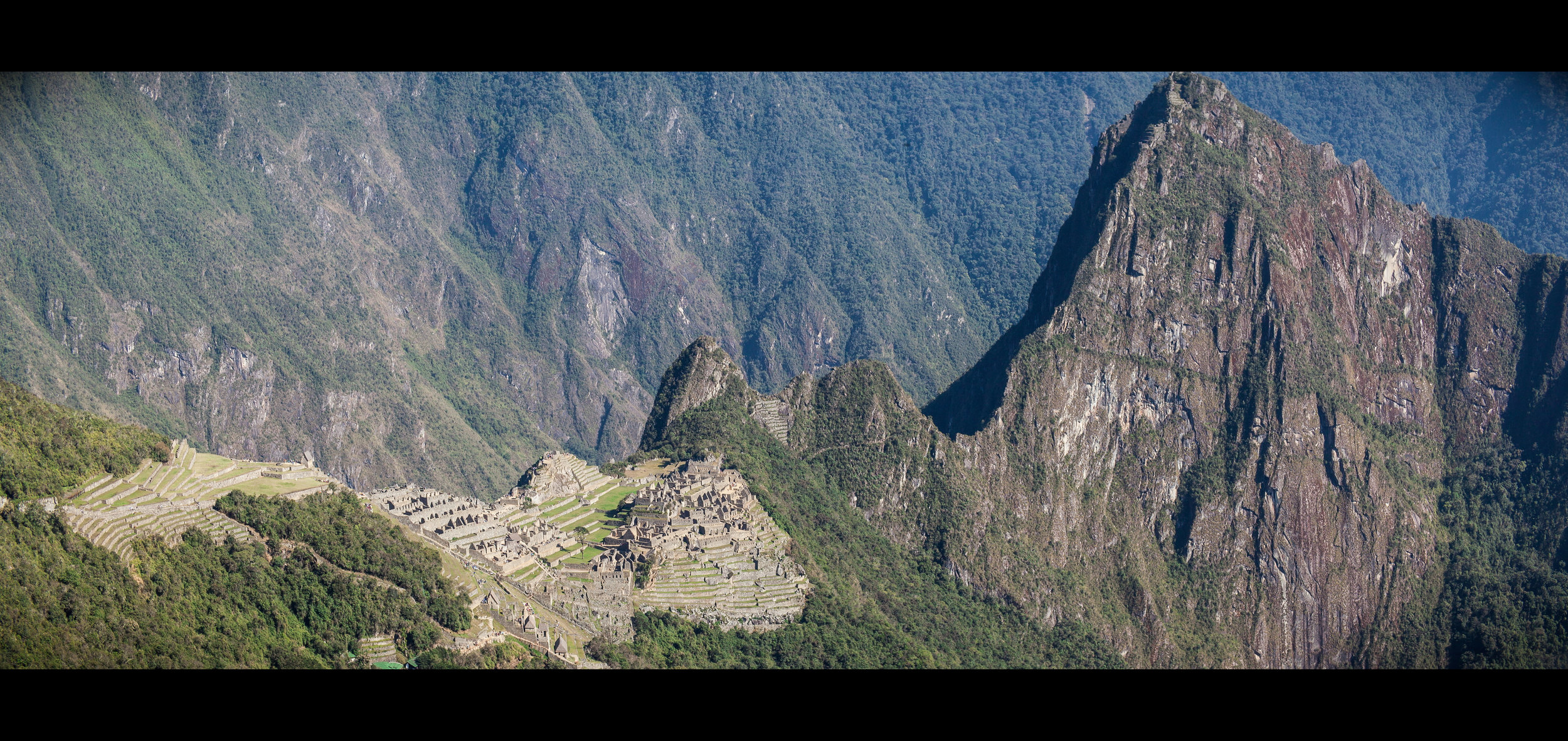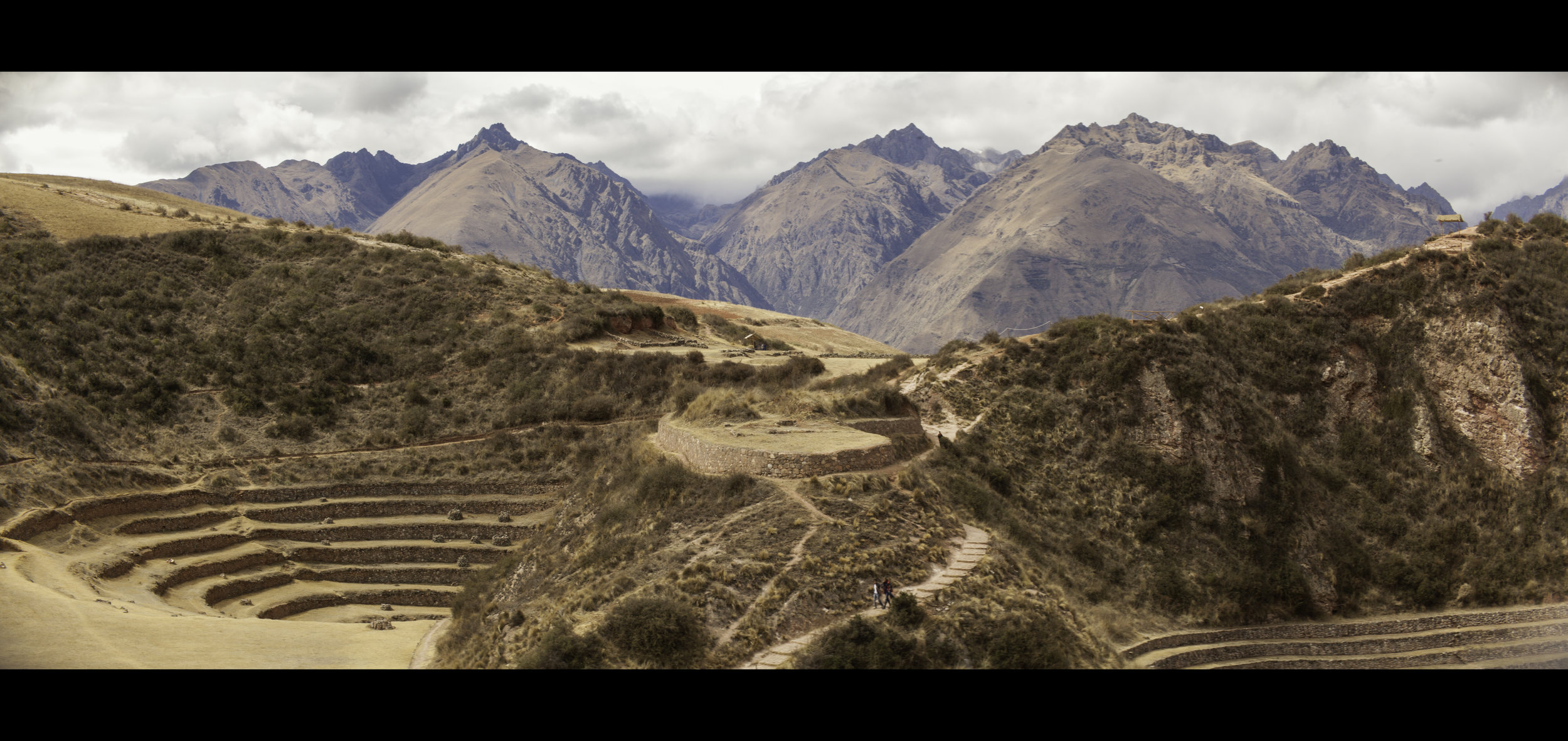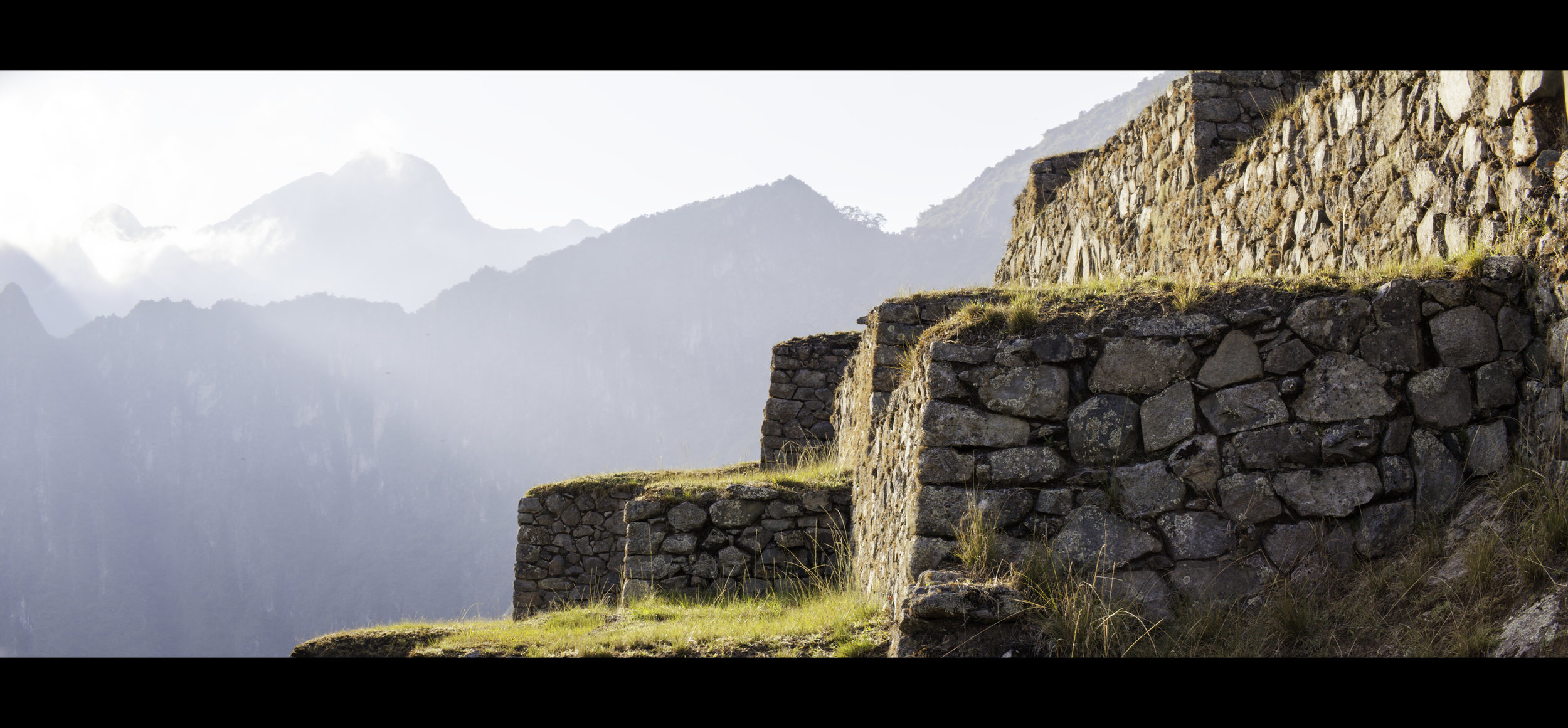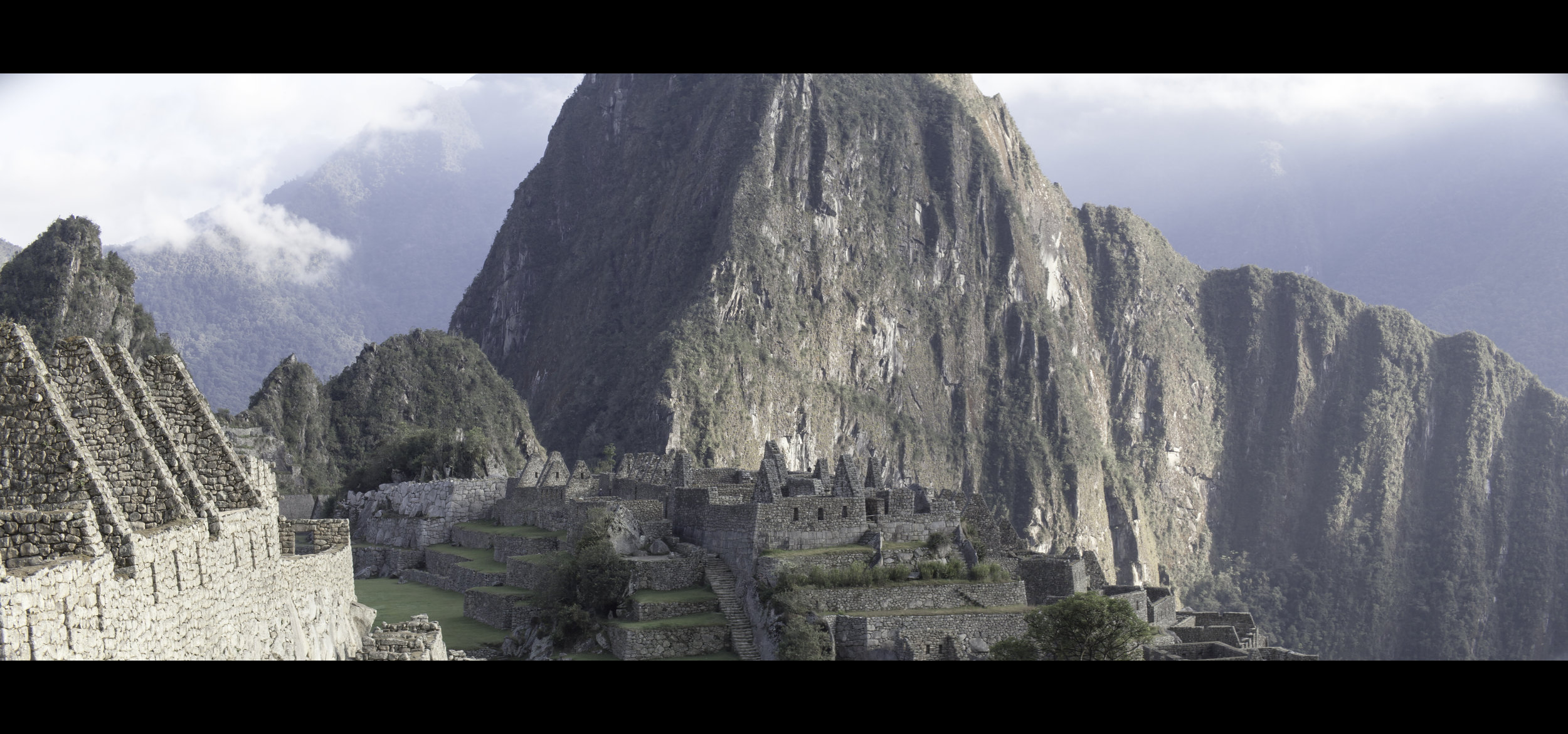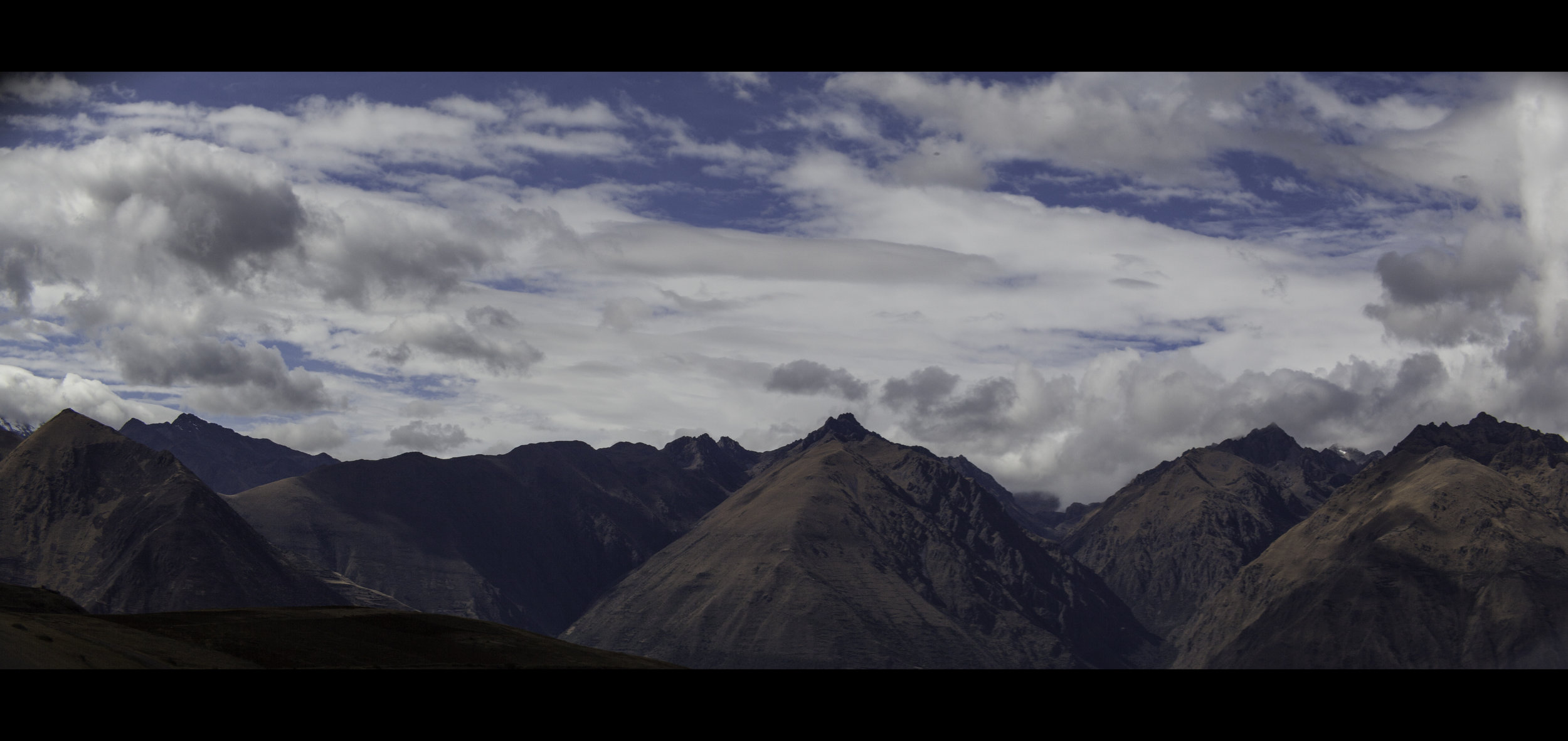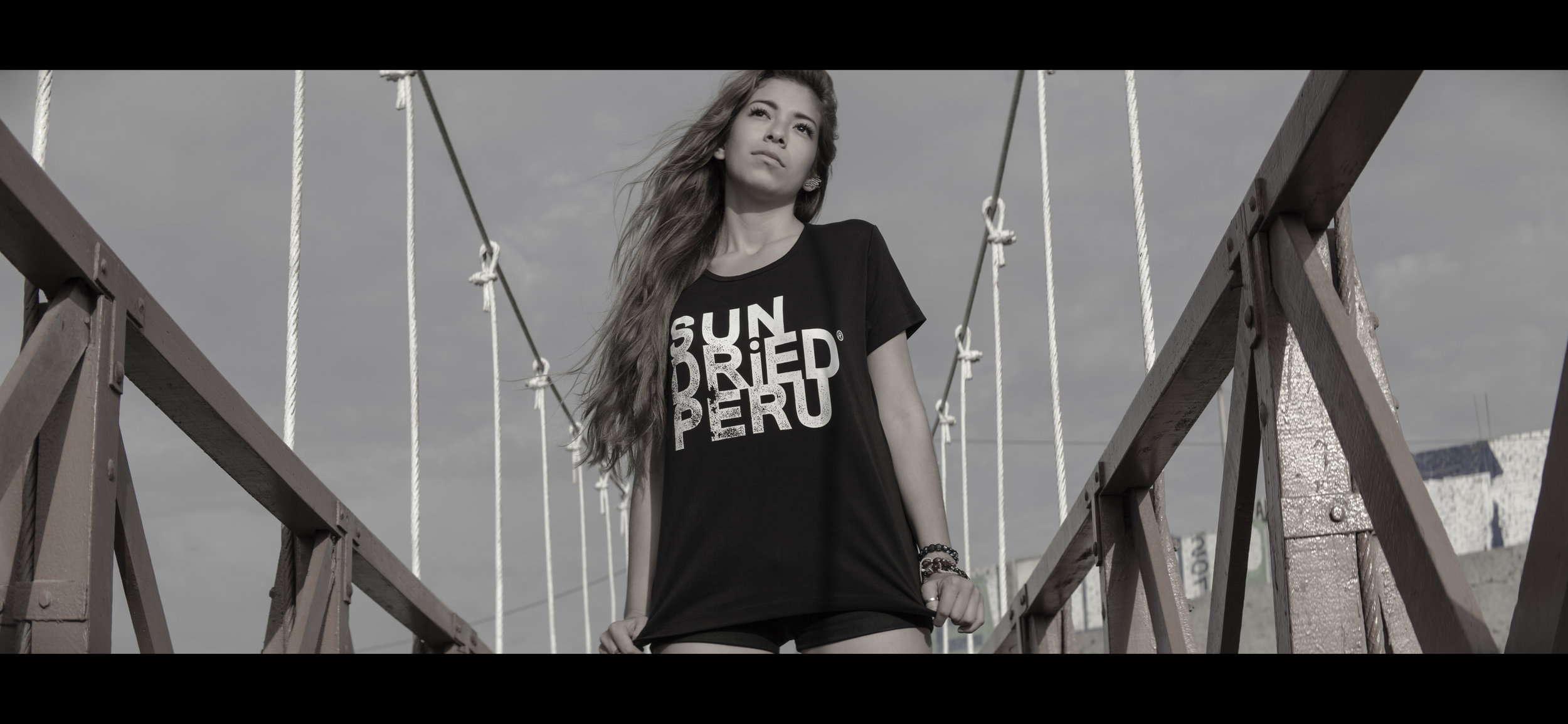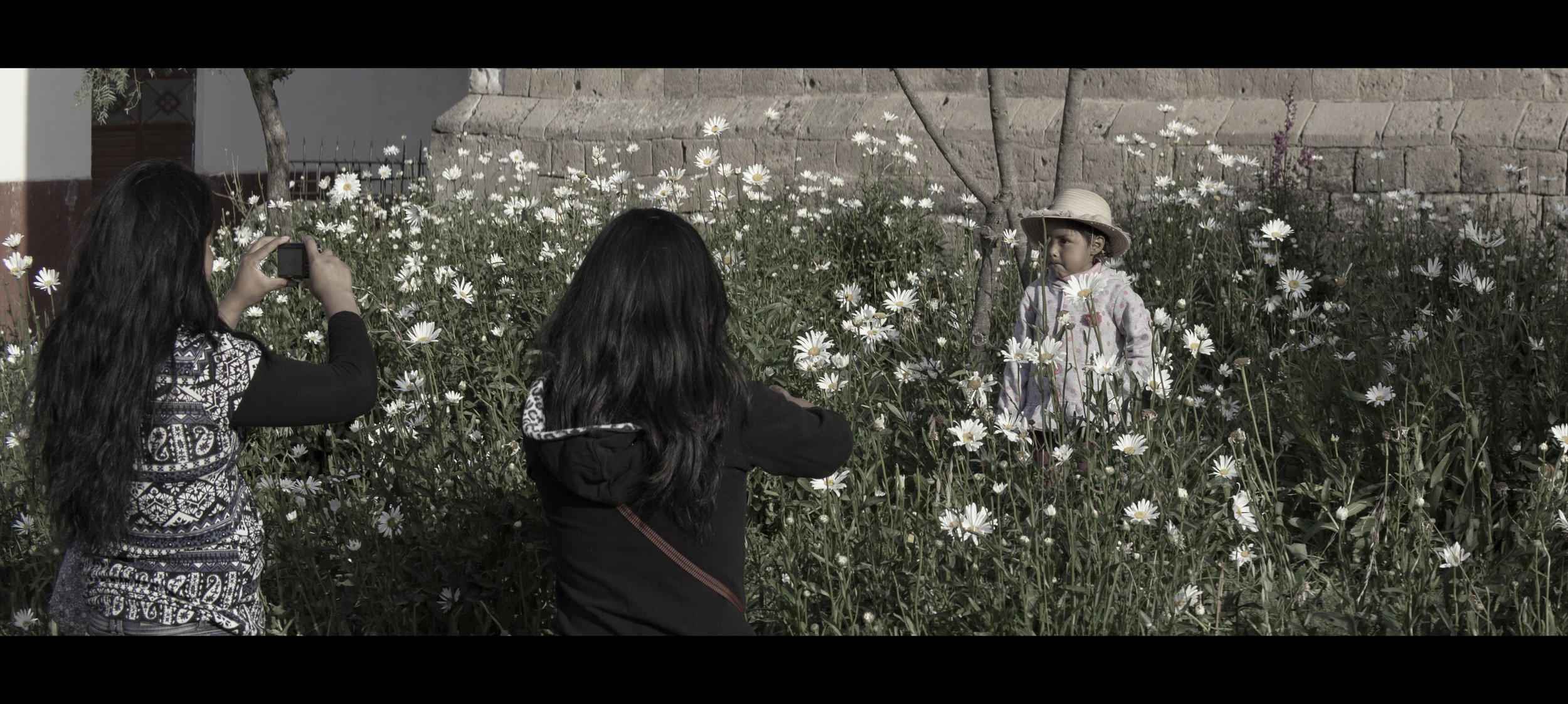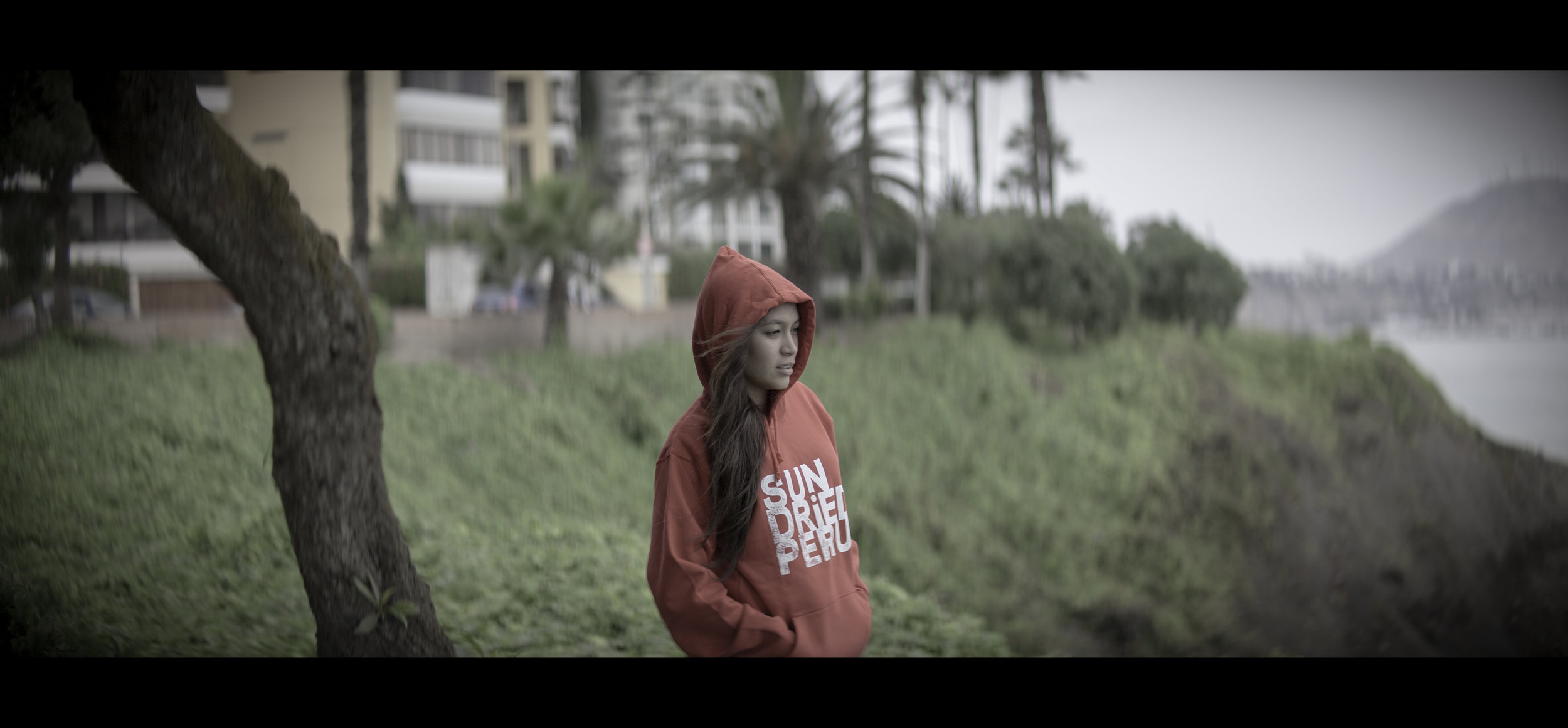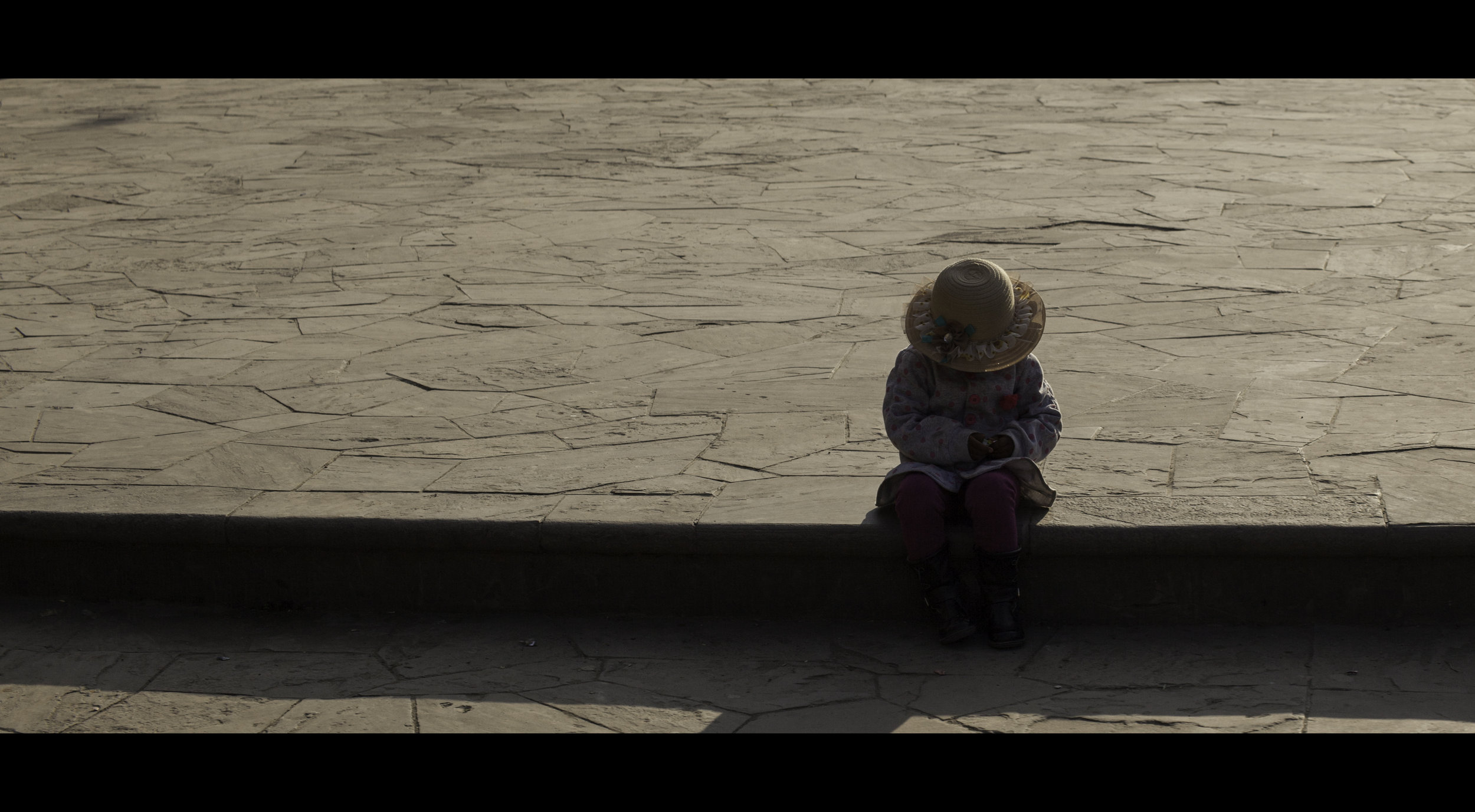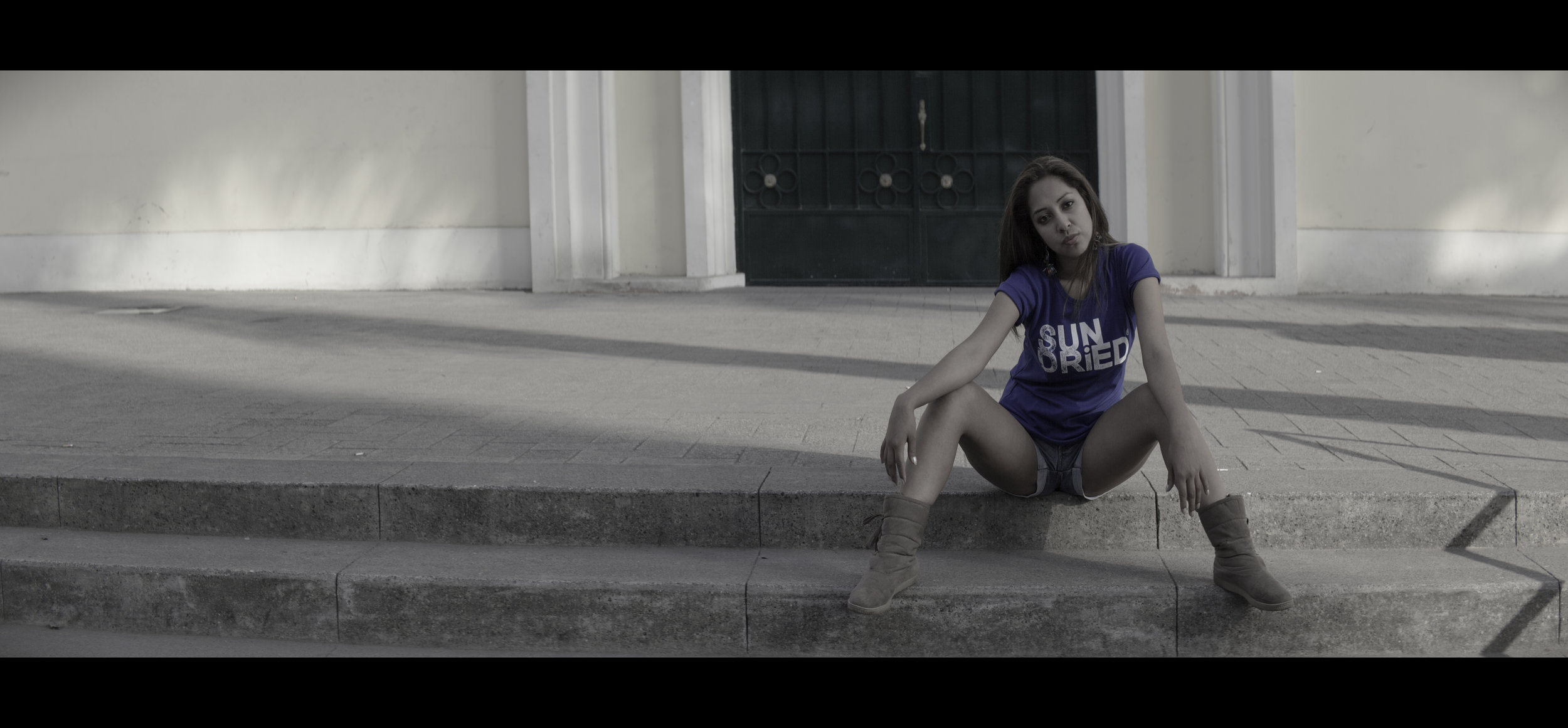Travel photography, when it’s at its best, often blurs the line between documentary and theatre — and sometimes, as if by cosmic mischief, the street itself sets the stage.
This shot was taken in the wild, sweaty chaos of Iquitos, Peru — a fascinating city deep in the Amazon jungle that cannot be reached by car or road. Yep, you heard right: no highways lead here. It’s boats or planes only, baby. A proper isolated Jungle City, bursting with life, madness, and charm.
I spent a week in Iquitos with a mate, soaking it all in — from the famous Belén Market and Belen Village, half floating, half crumbling into the river, to boat trips up the mighty Amazon itself. We even stayed a few days upriver, tucked away in the thick green. A strange and beautiful place — part frontier town, part jungle fever dream. Take a look at my black and white photography blog taken in Belen Village - click here.
But back to the photo. Right in the Centre of Iquitos, amongst the grand old colonial buildings and cracked pavements, I spotted this absolute gem of a moment: a man — drunk? asleep? lost in thought? — sprawled out beneath a Pacific War memorial statue. And above him, in bronze, another weary soul frozen forever in near-identical pose. Life copying art, or art copying life? Either way — street photography magic, click here to view the black and white edit on my Flickr Account.
I shot this on my trusted Canon EOS 5D Mark II with a 50mm f/1.4 lens — settings: ƒ/8.0, 50mm, 1/250 sec, ISO 250 — the perfect travel camera kit for wandering streets, catching moments like this where history and humanity meet in strange symmetry.
Bonus: The Varanasi Street Comedy Shot
For fans of unplanned street theatre, you’ll also enjoy the infamous Varanasi Street Comedy photo — another moment where real life took on an uncanny artistic pose. You can check that image out and a blog on Varanasi by clicking here.
Slideshow: Iquitos & The Amazon
Here's a little slideshow of some more snaps from my Iquitos & Amazon adventures — market life, jungle river scenes, and those little visual stories that make travel worthwhile. Click through the images below and enjoy:
Explore More
Oh, I travel boy!



















